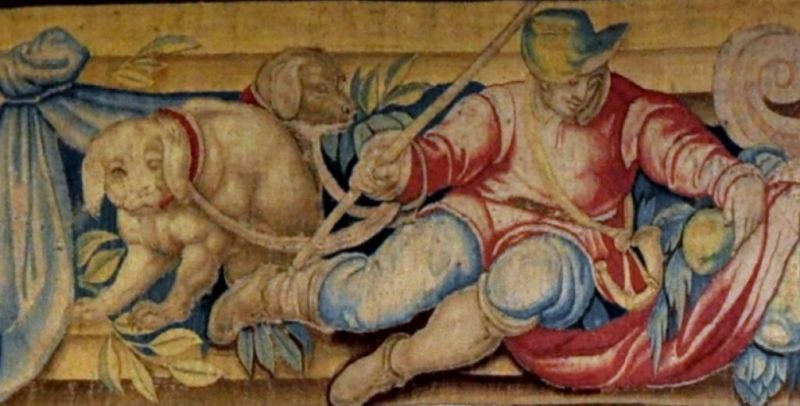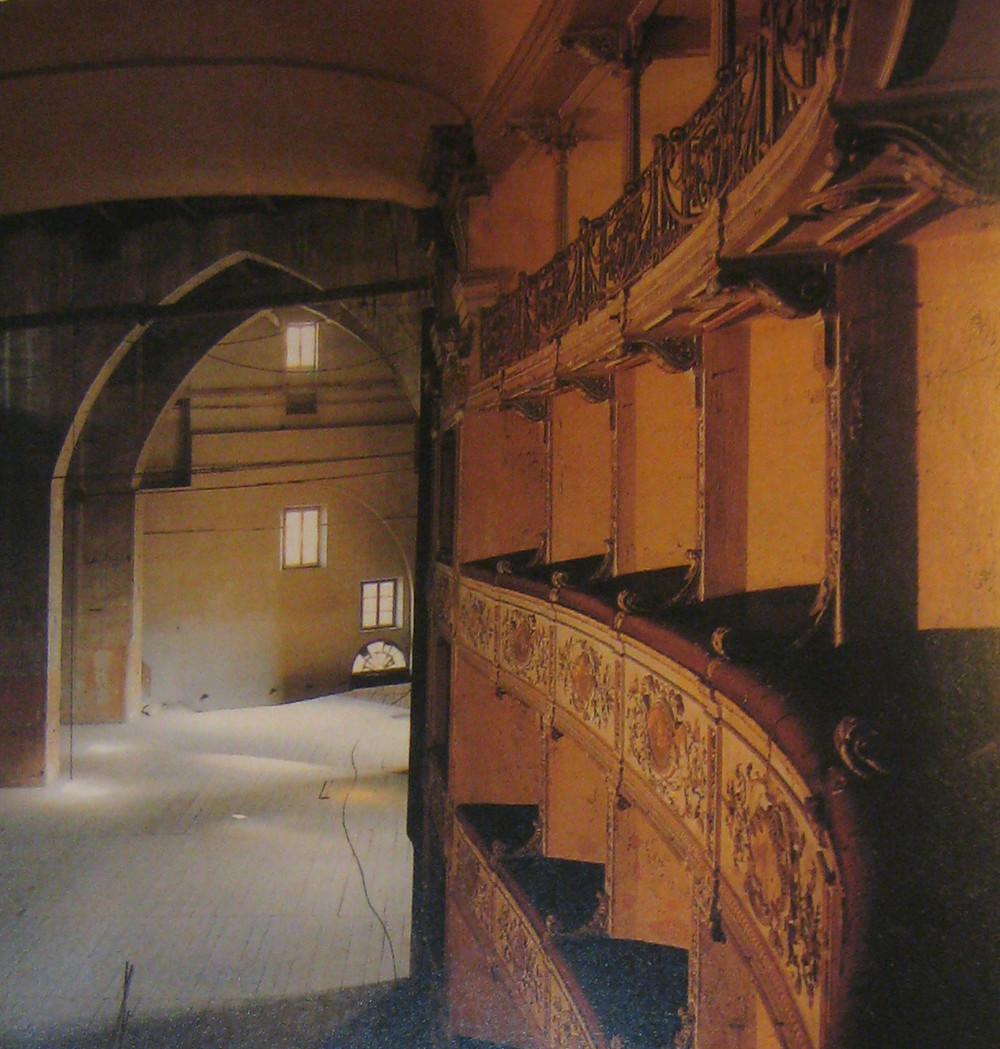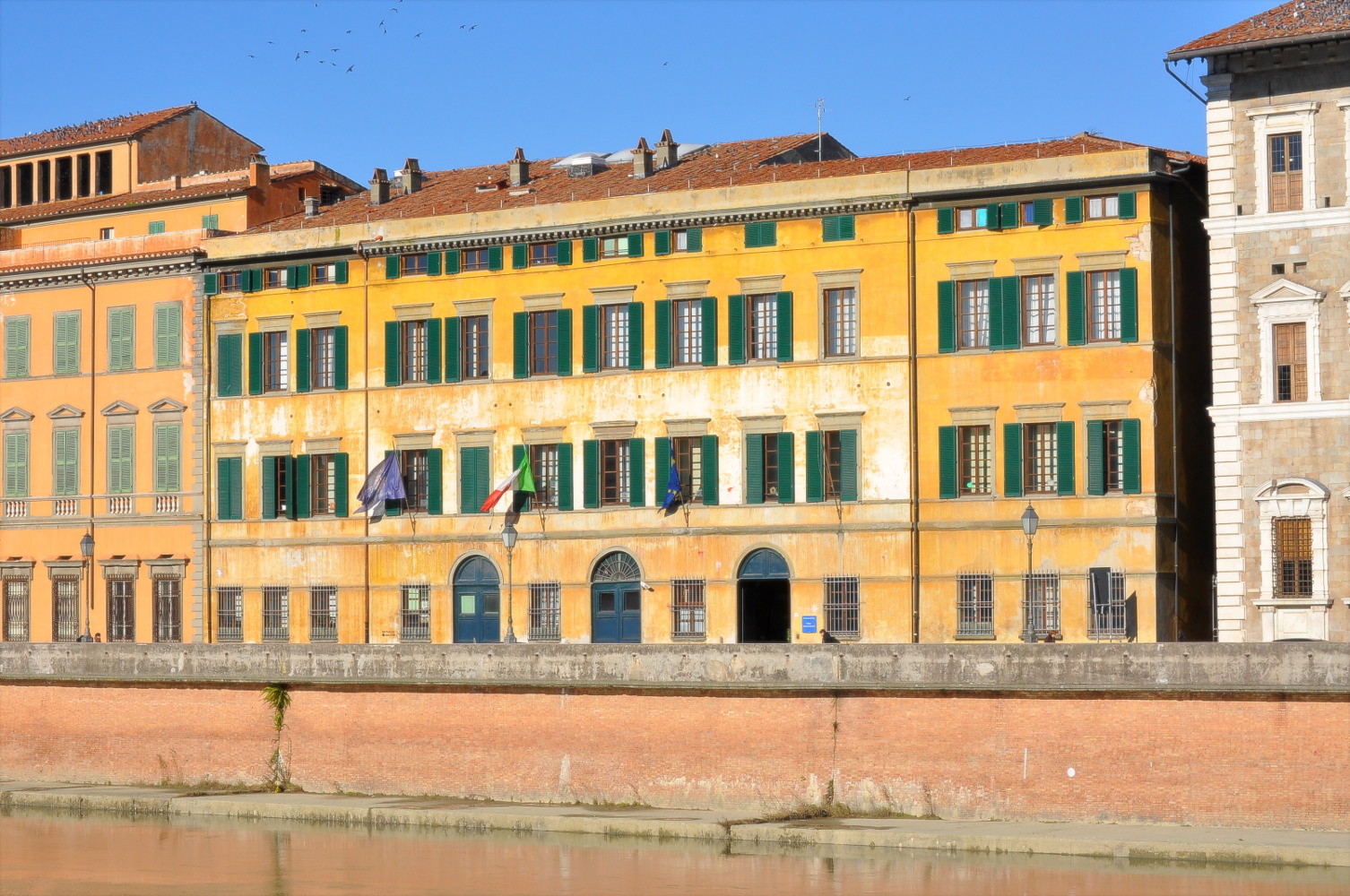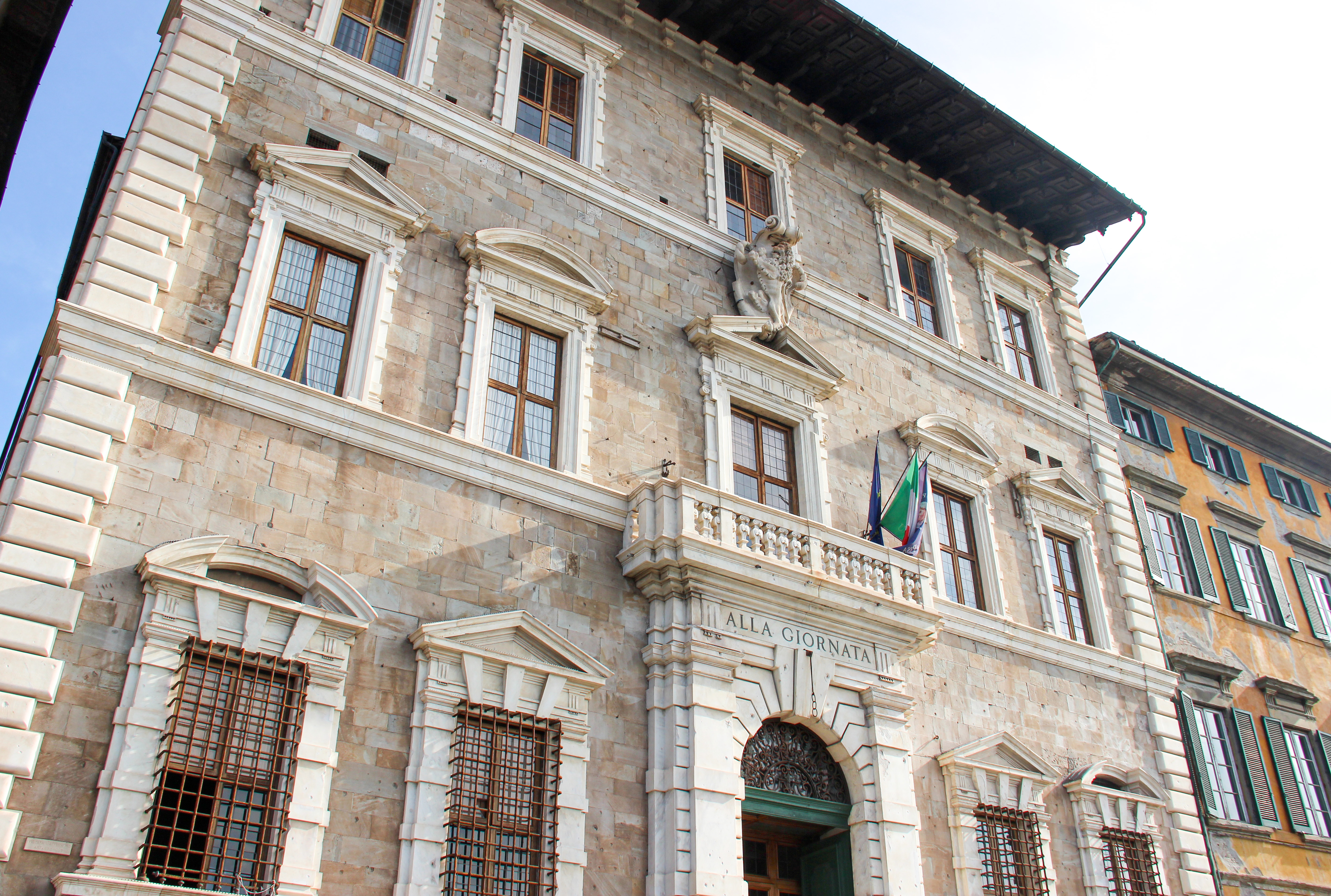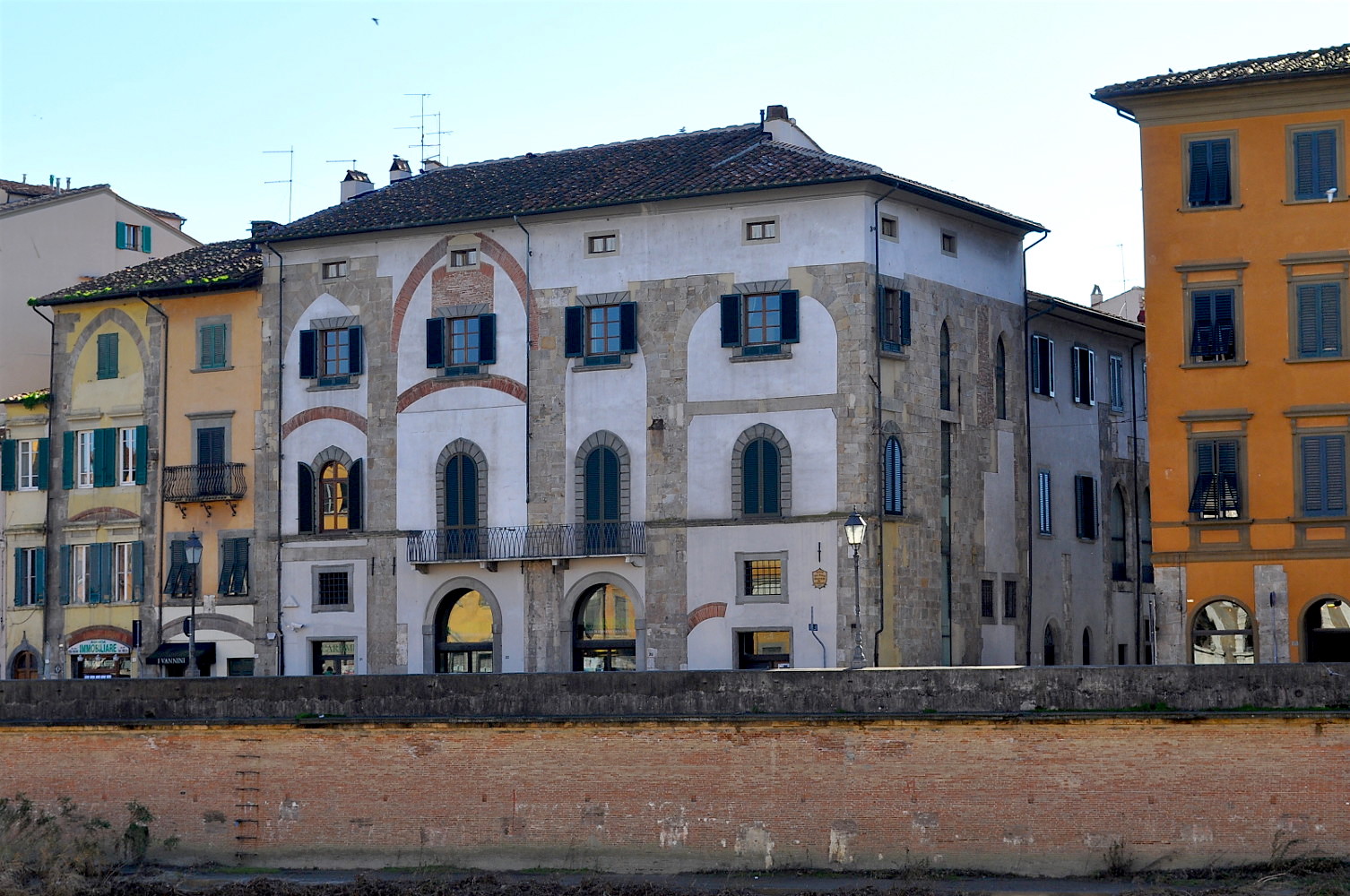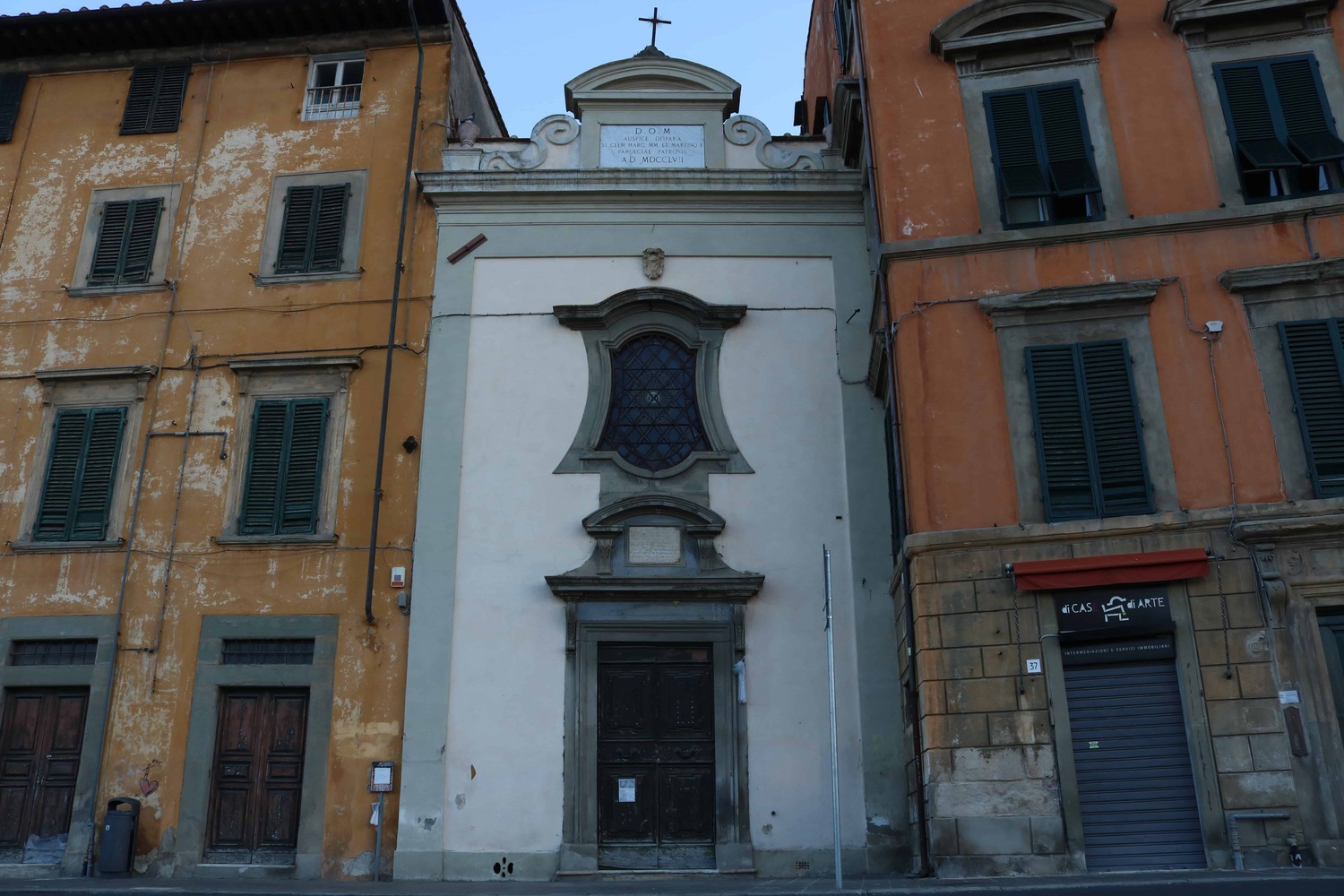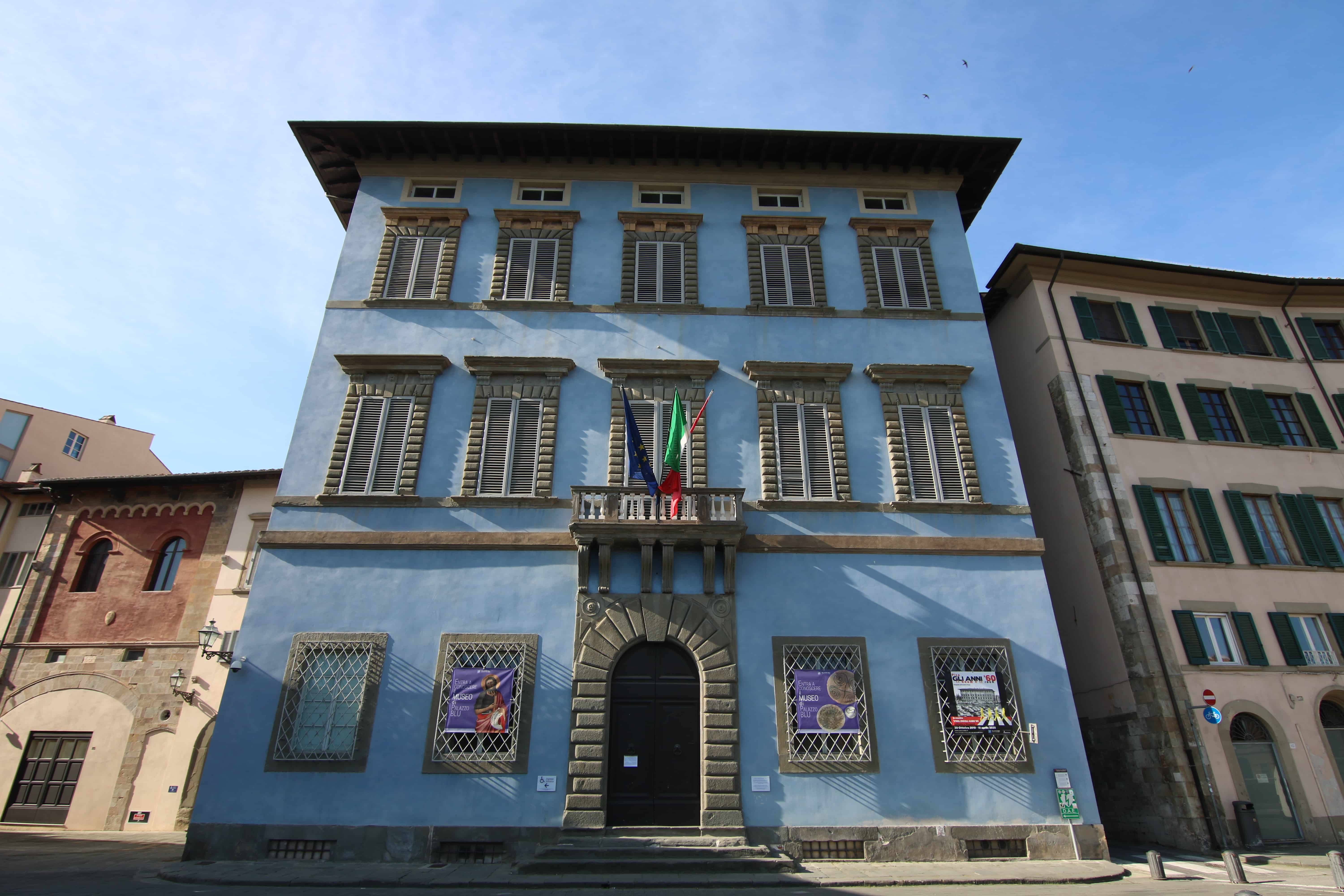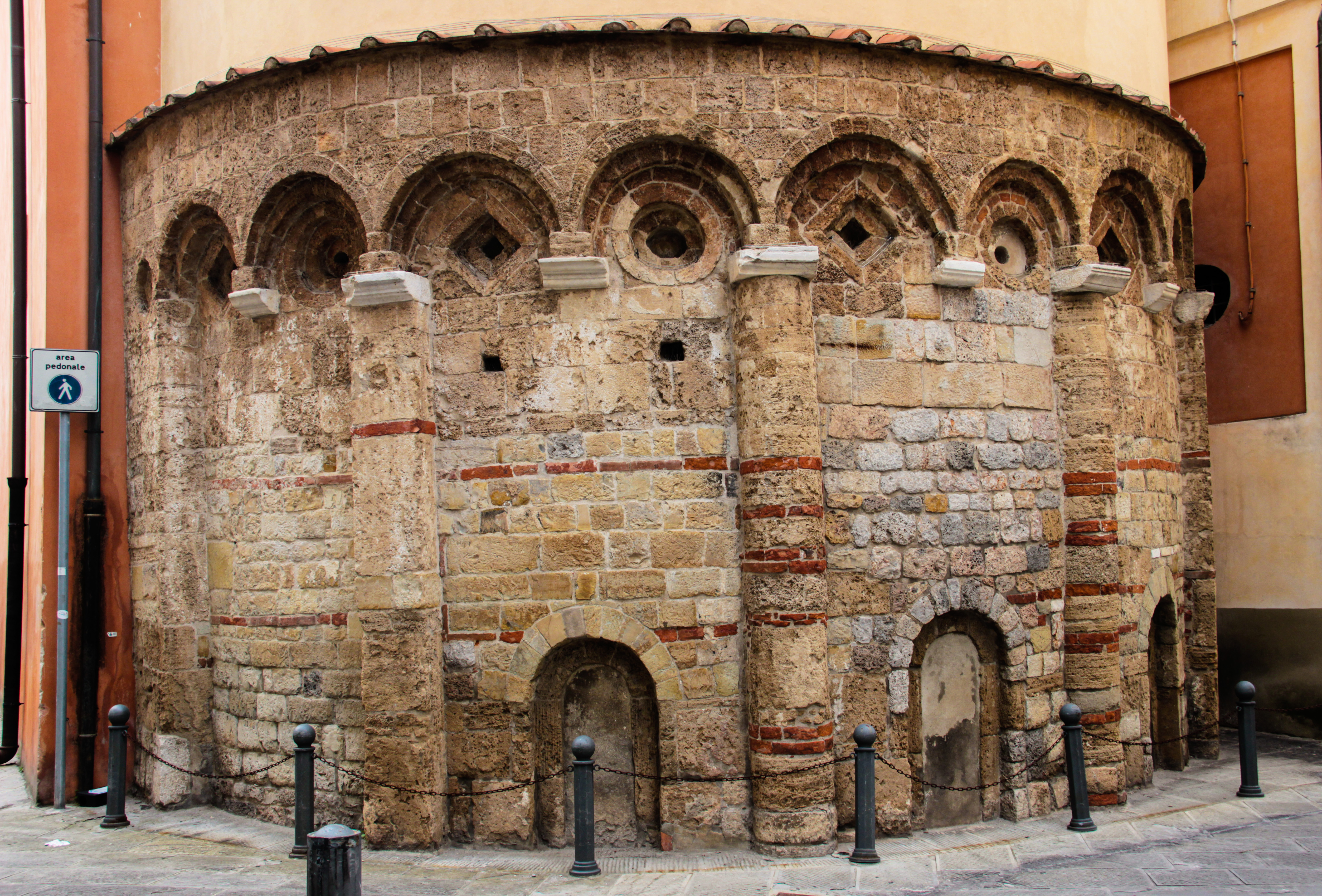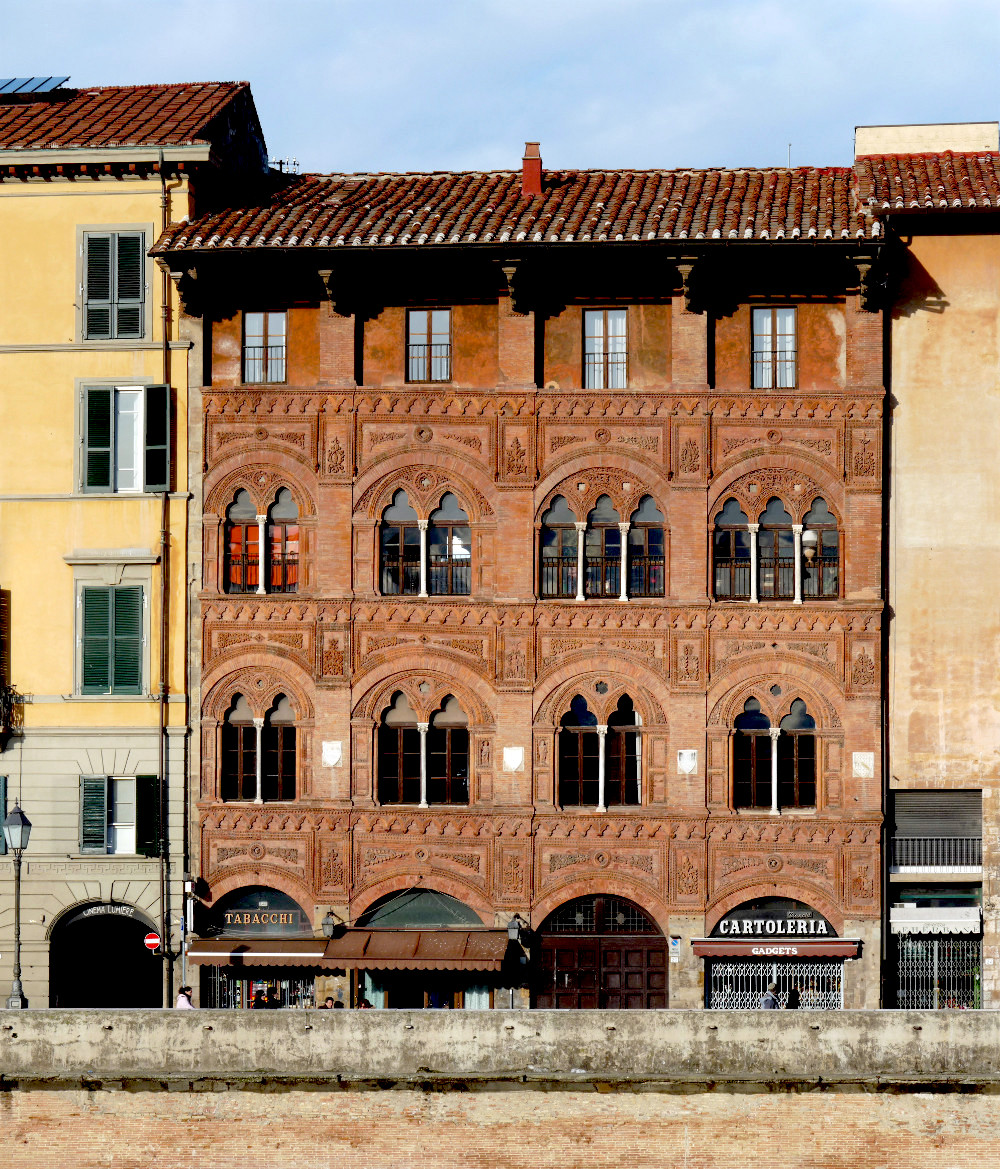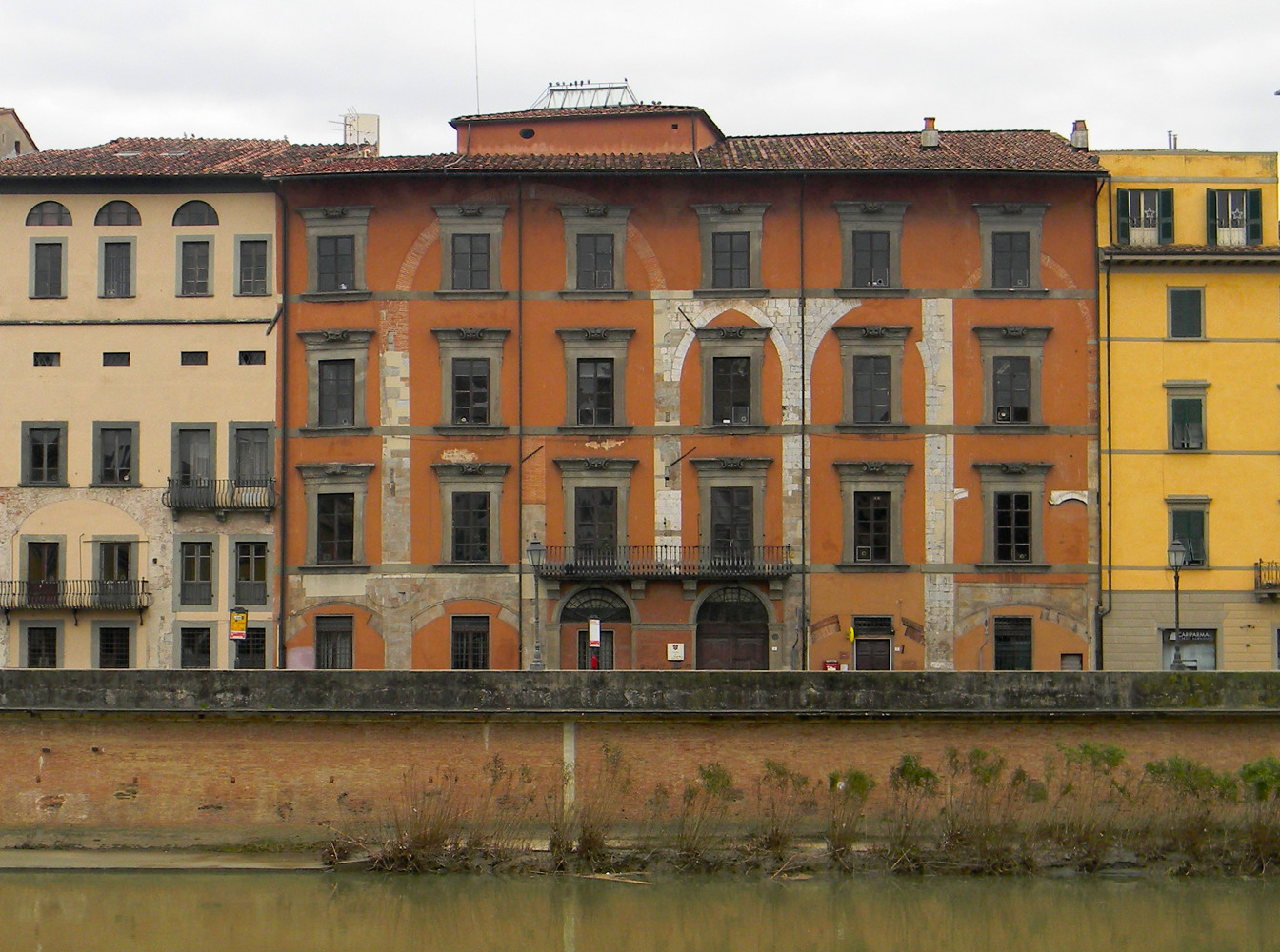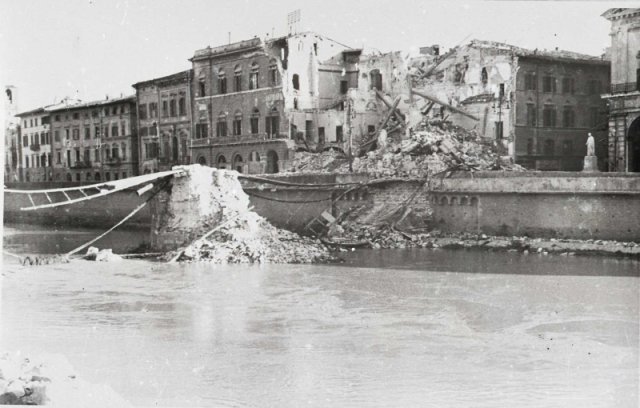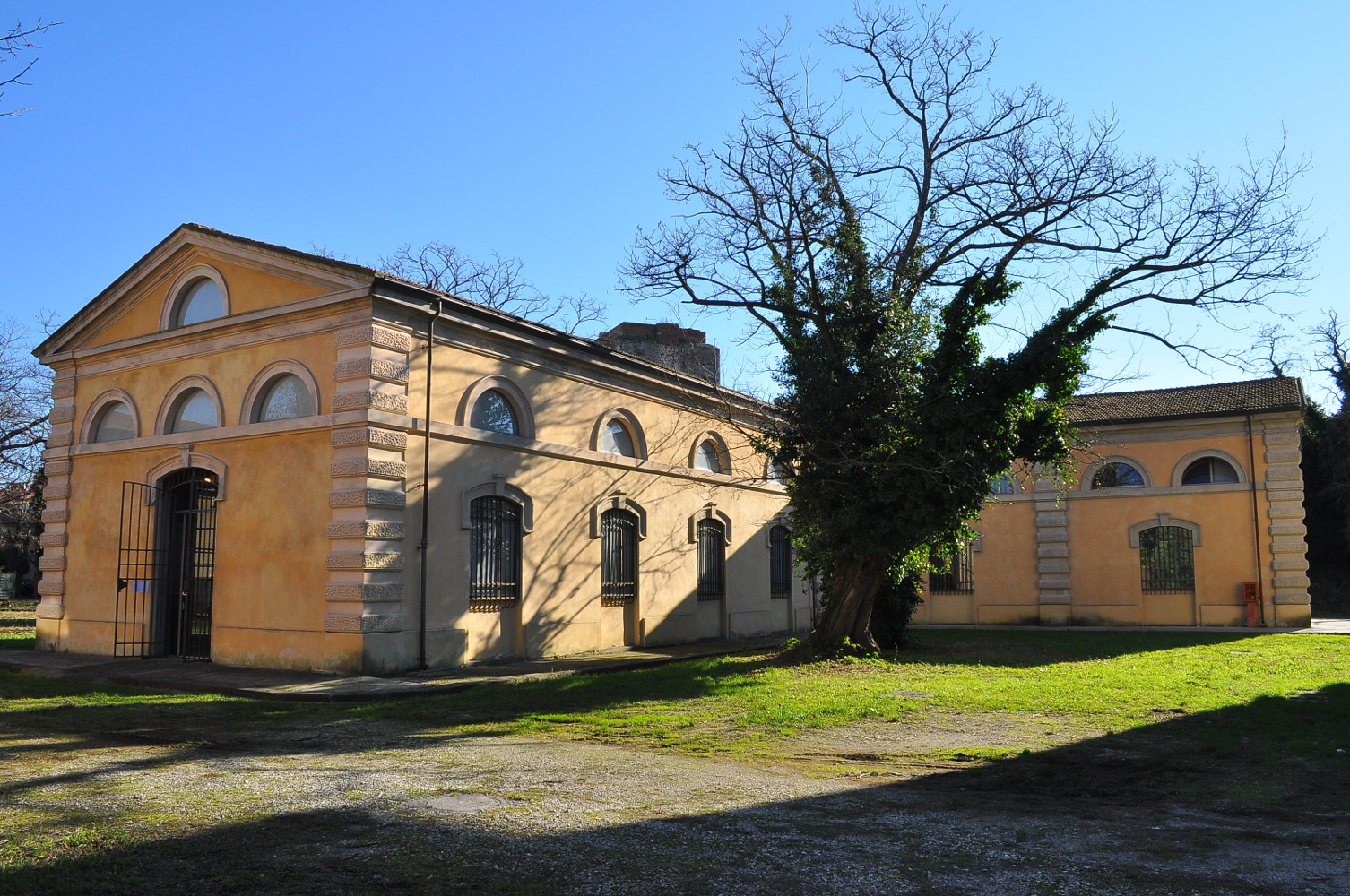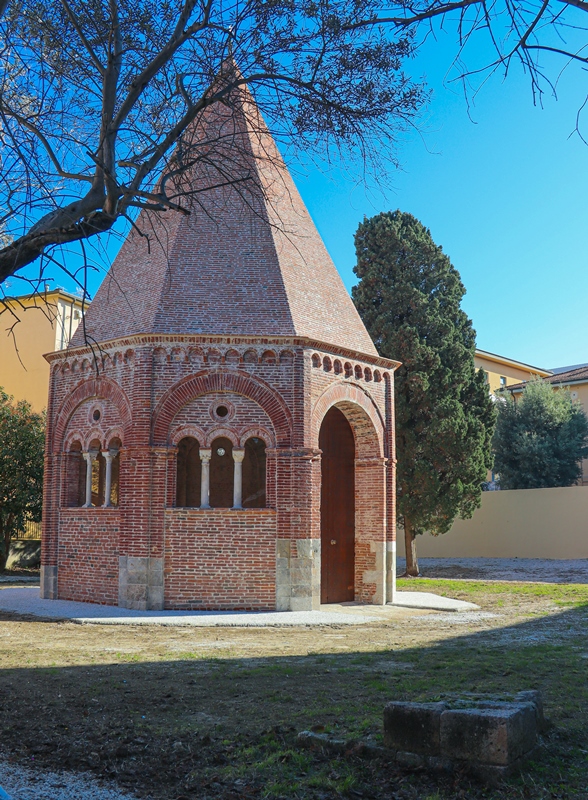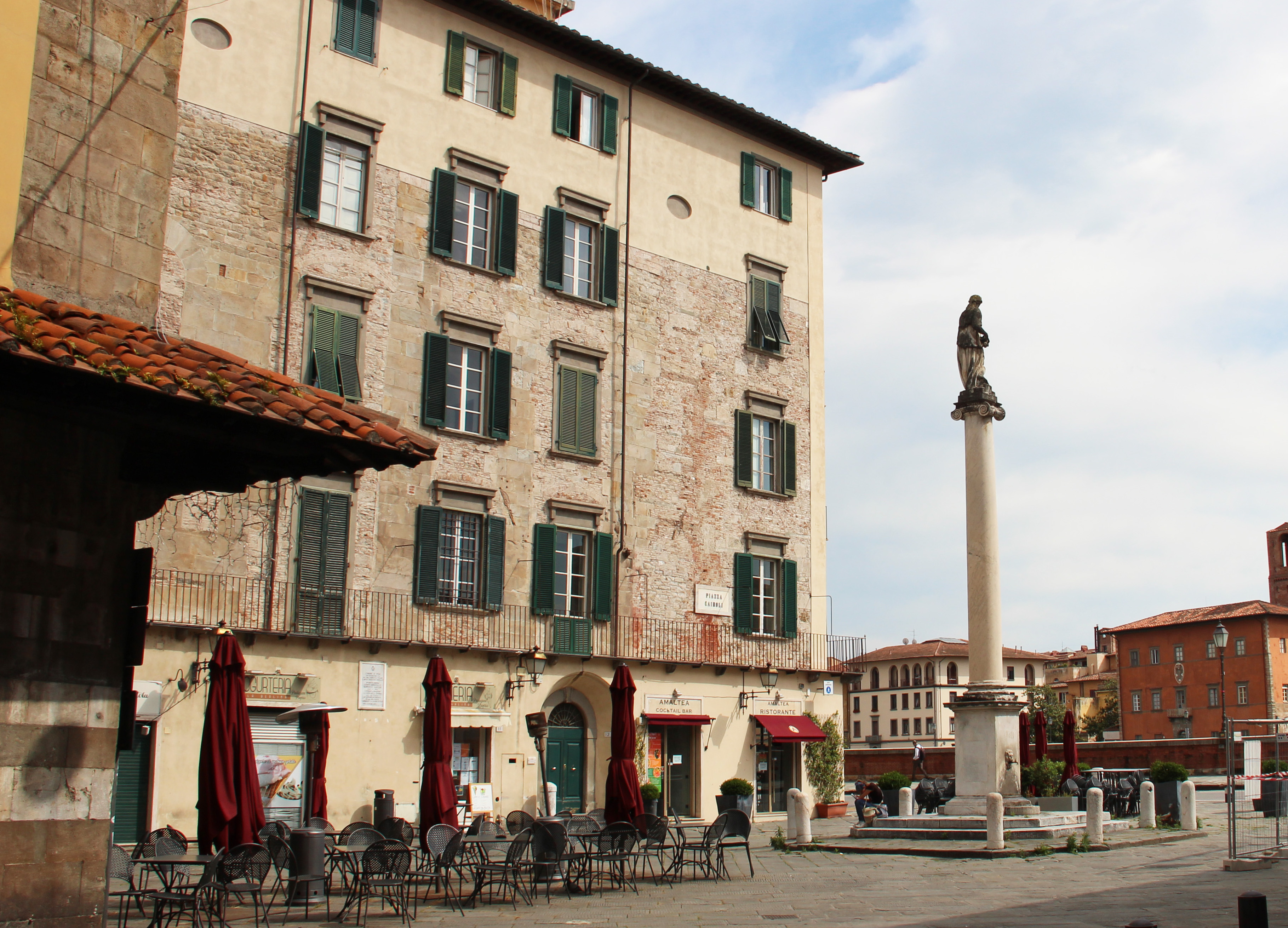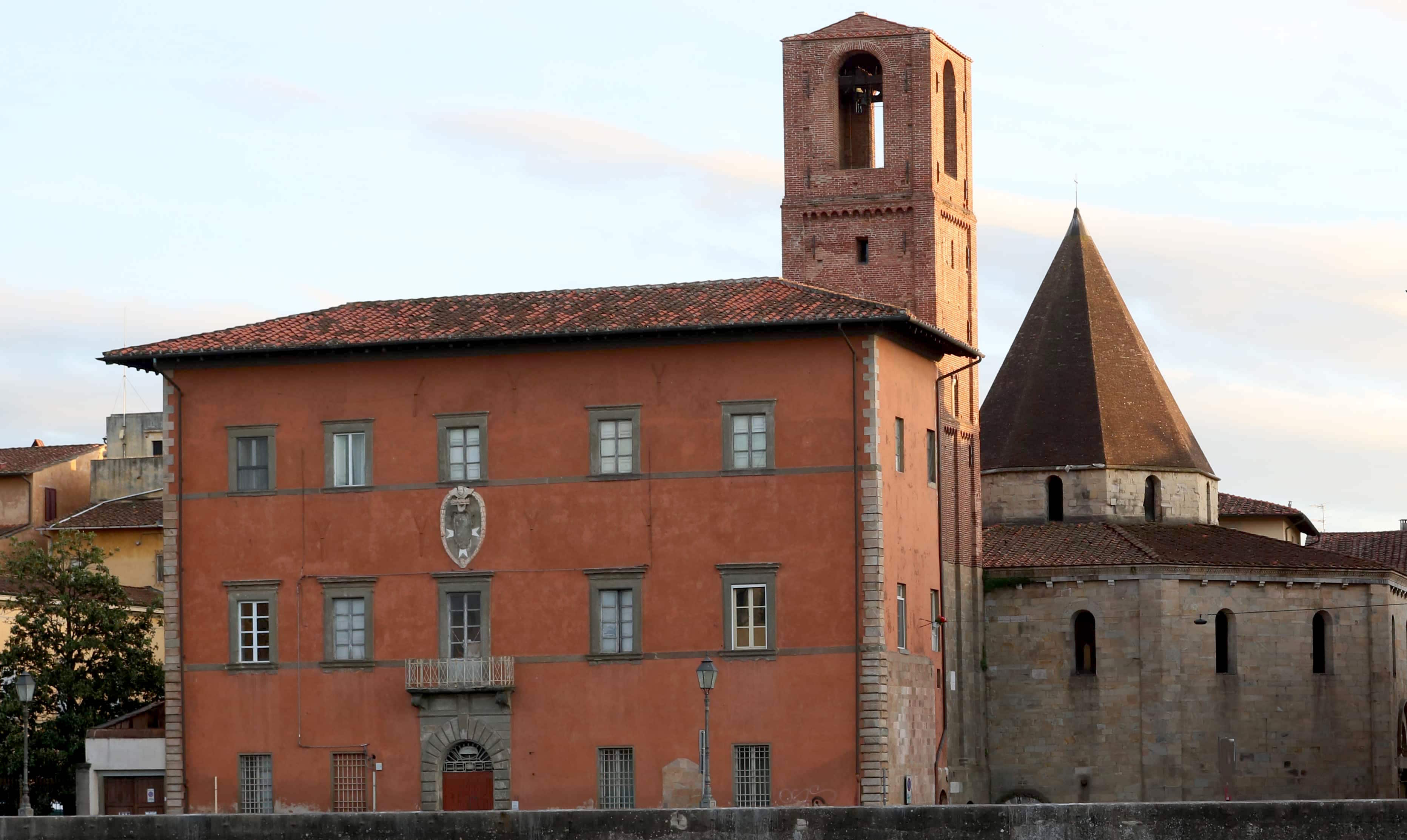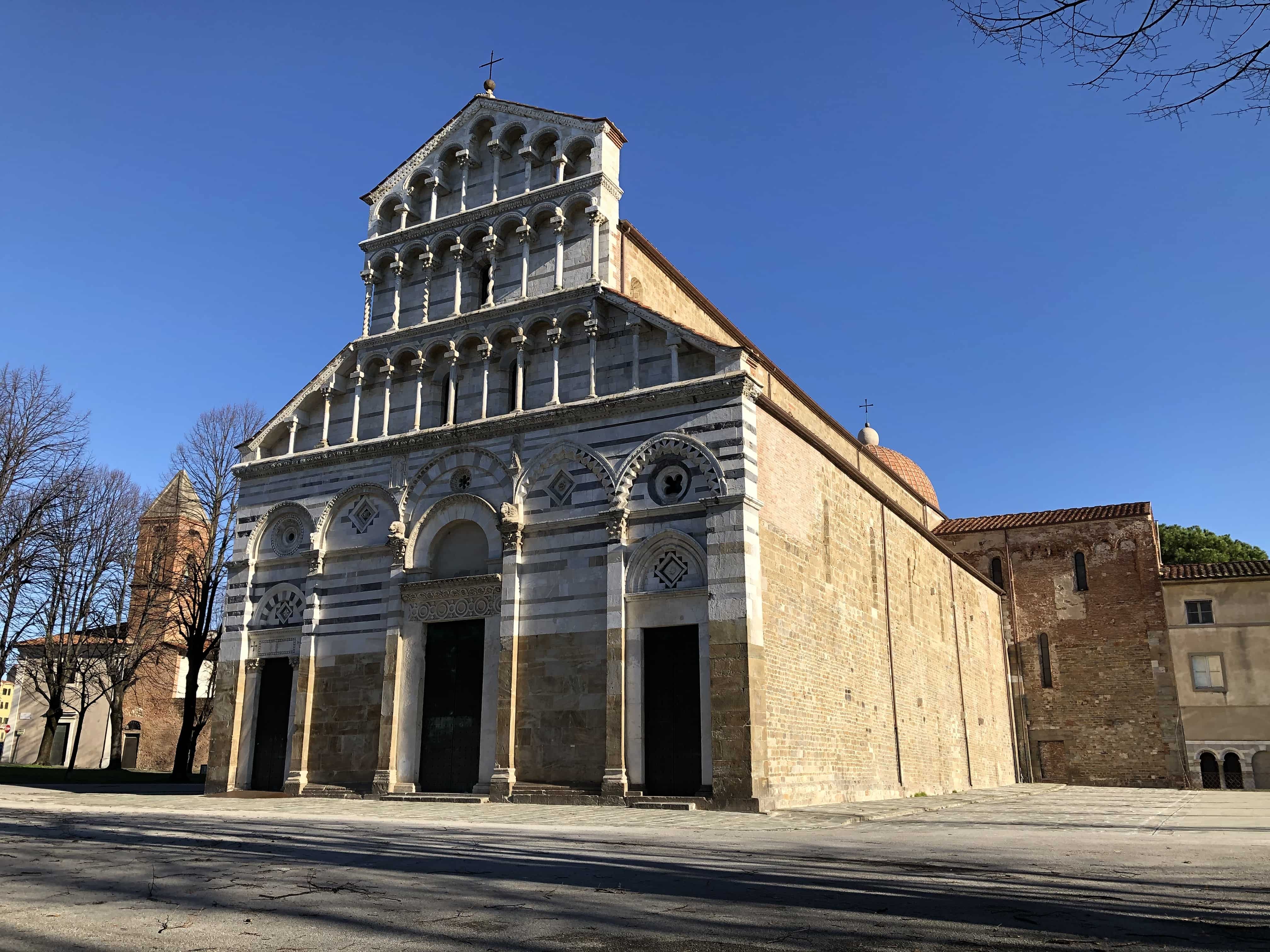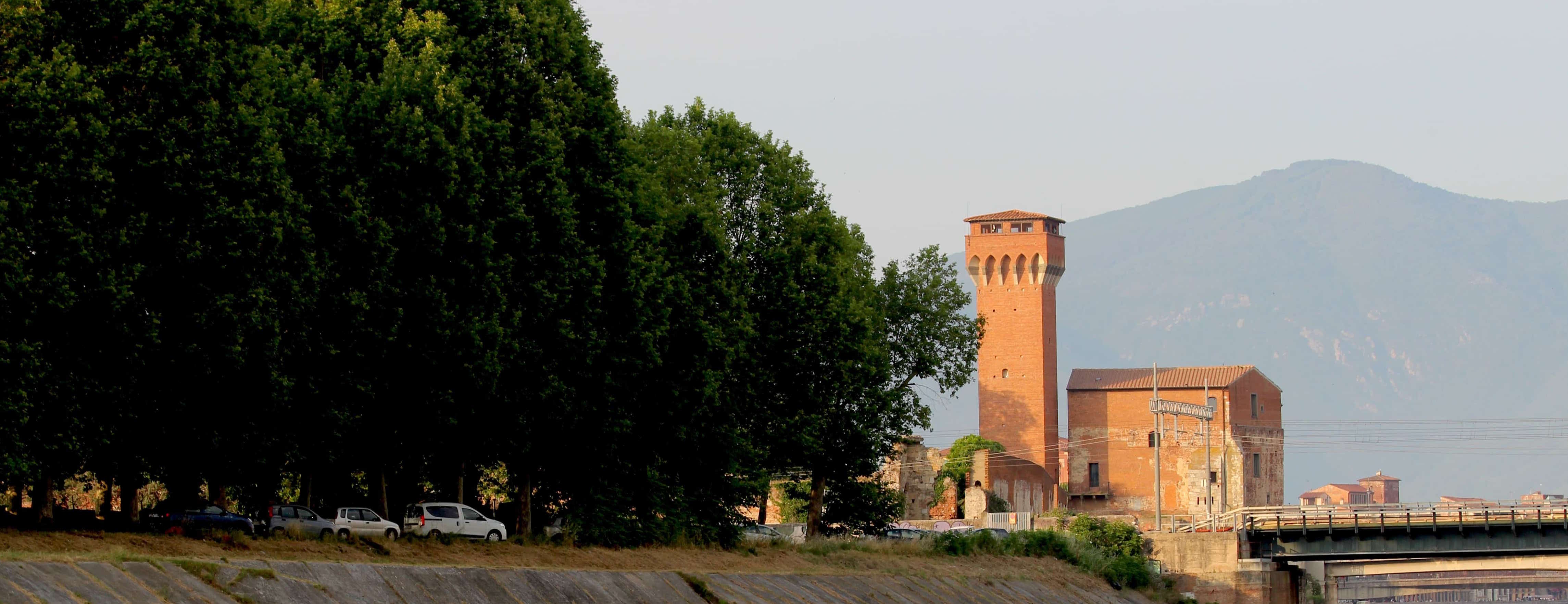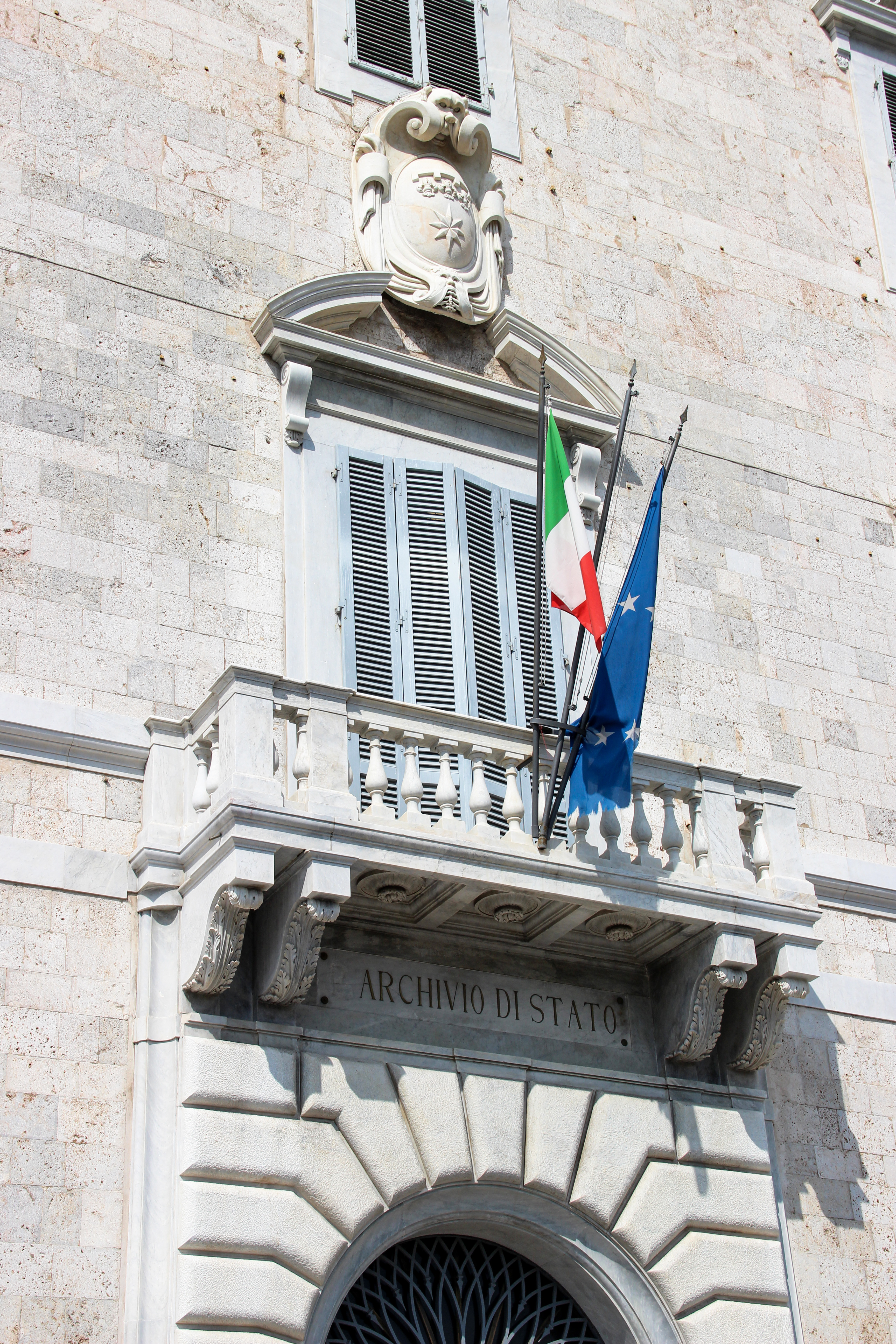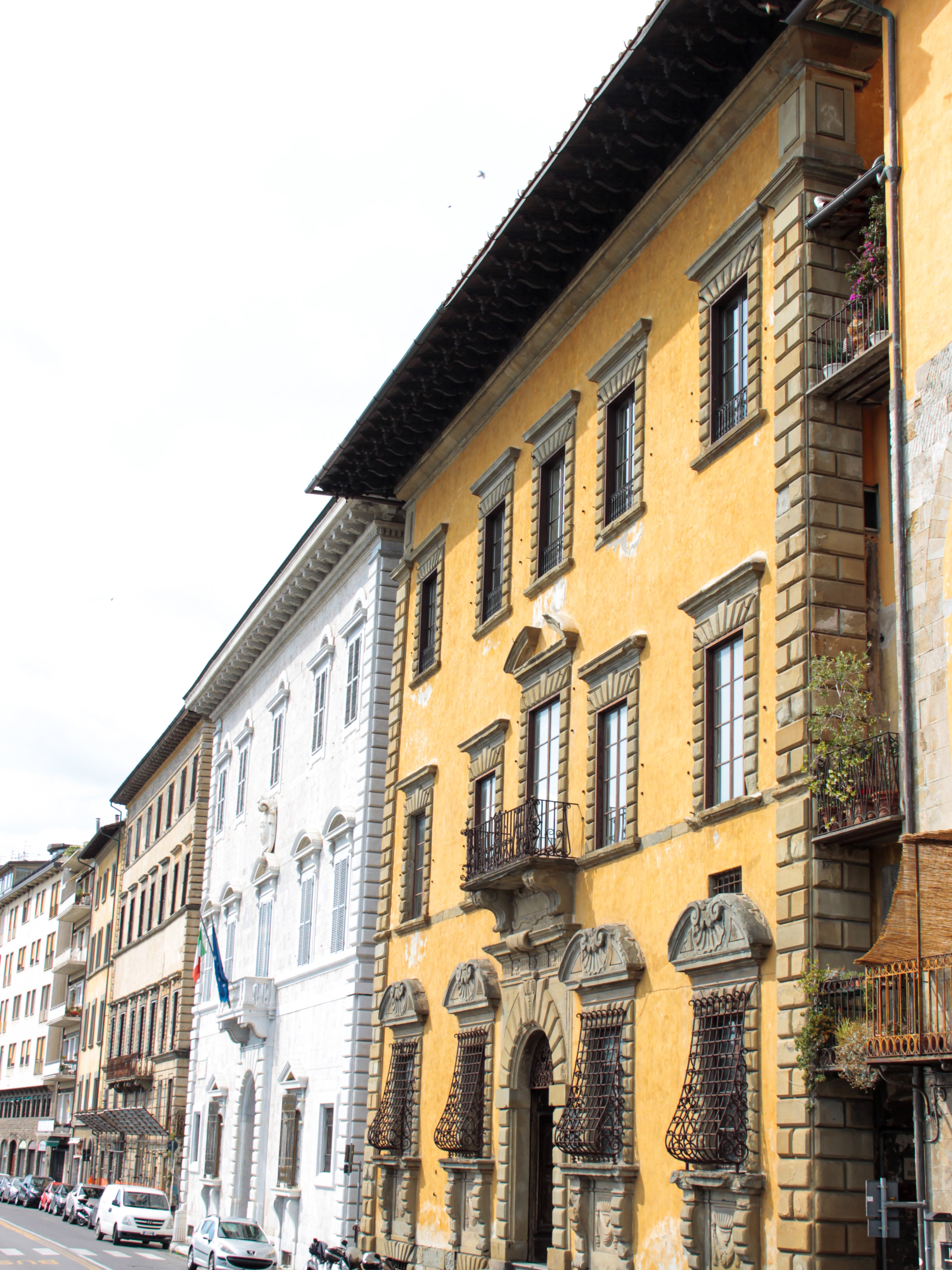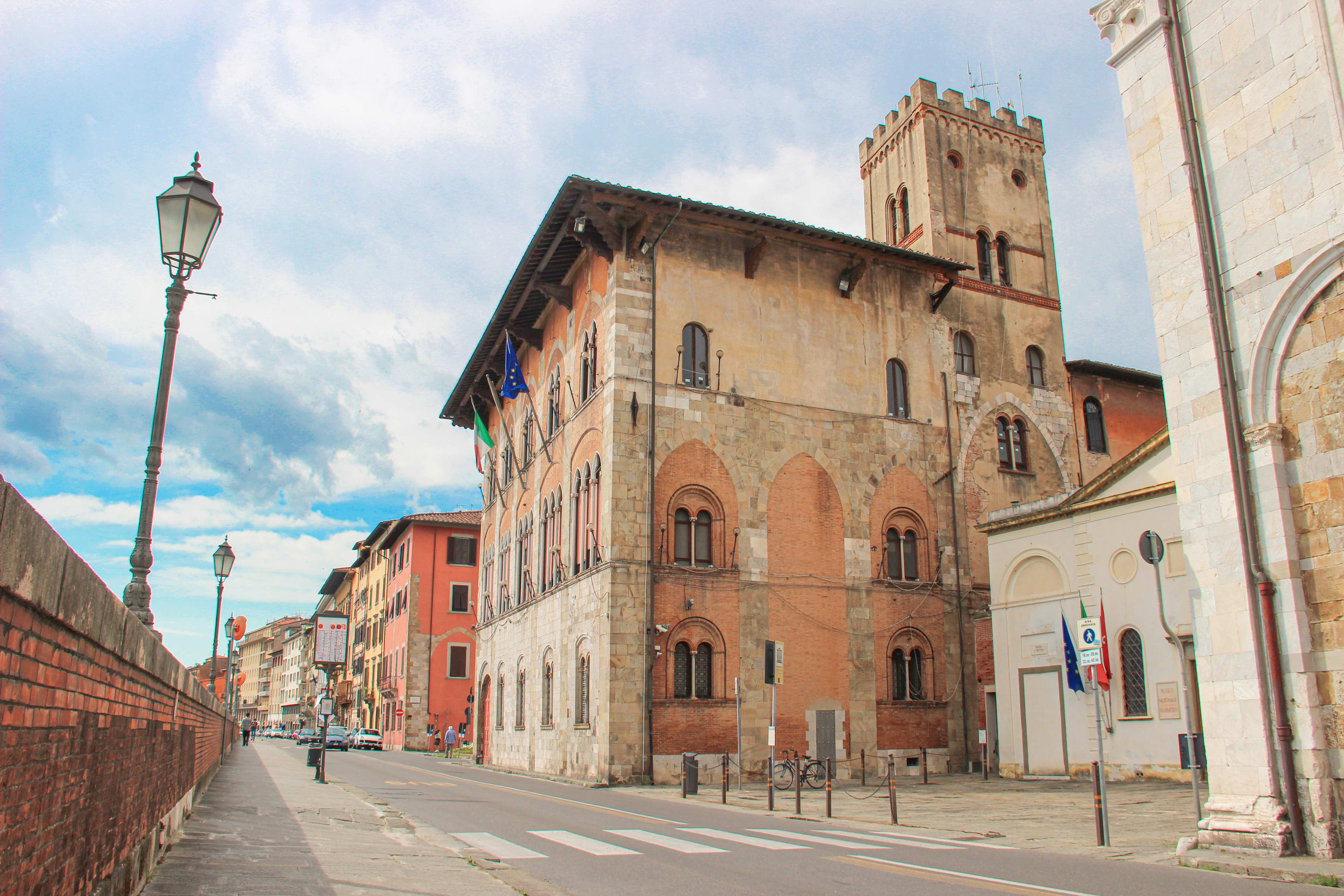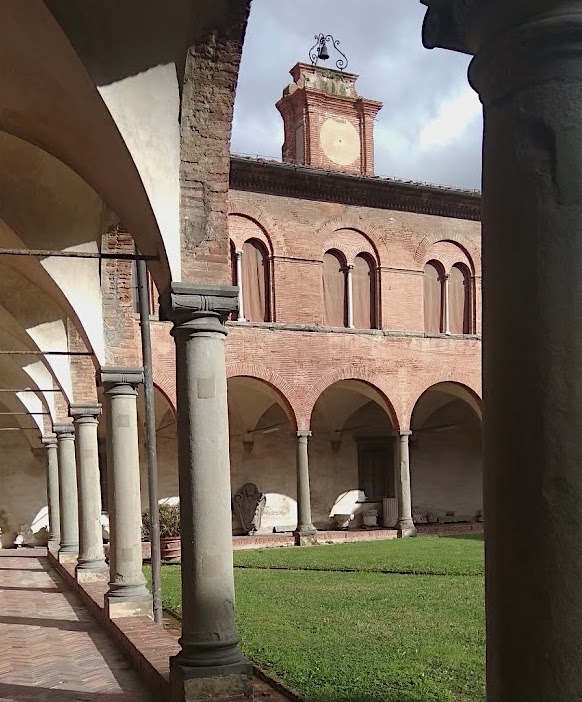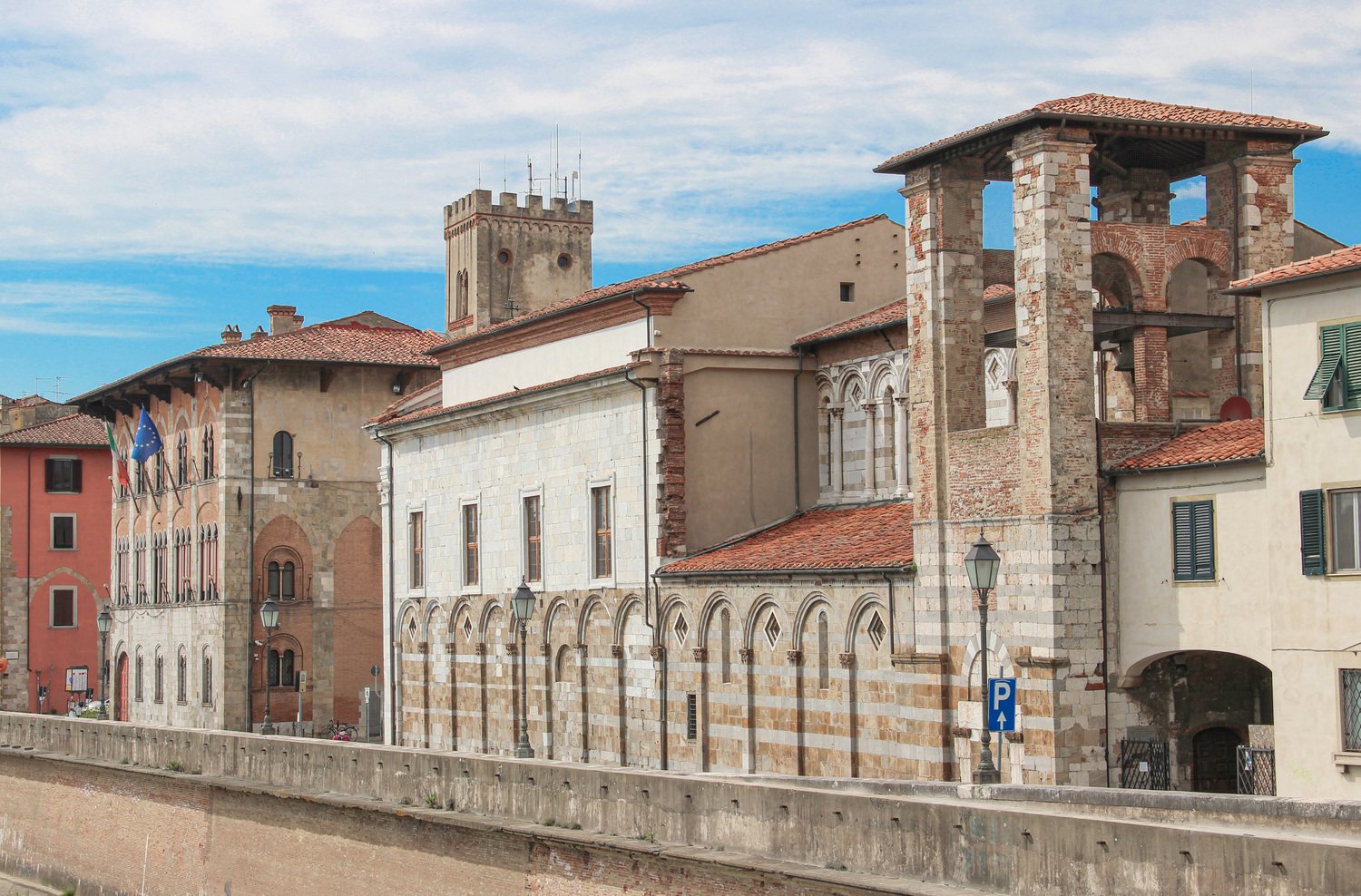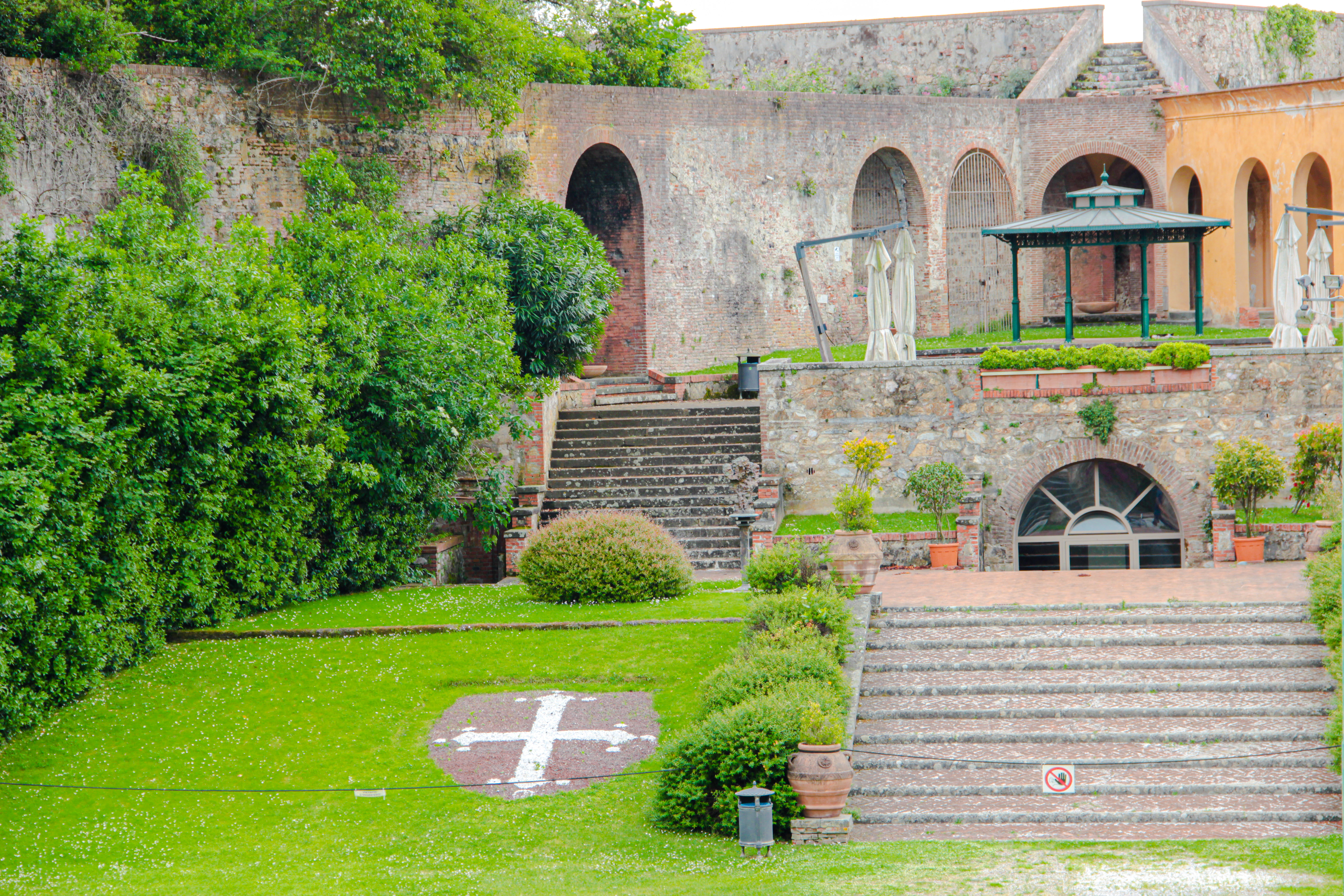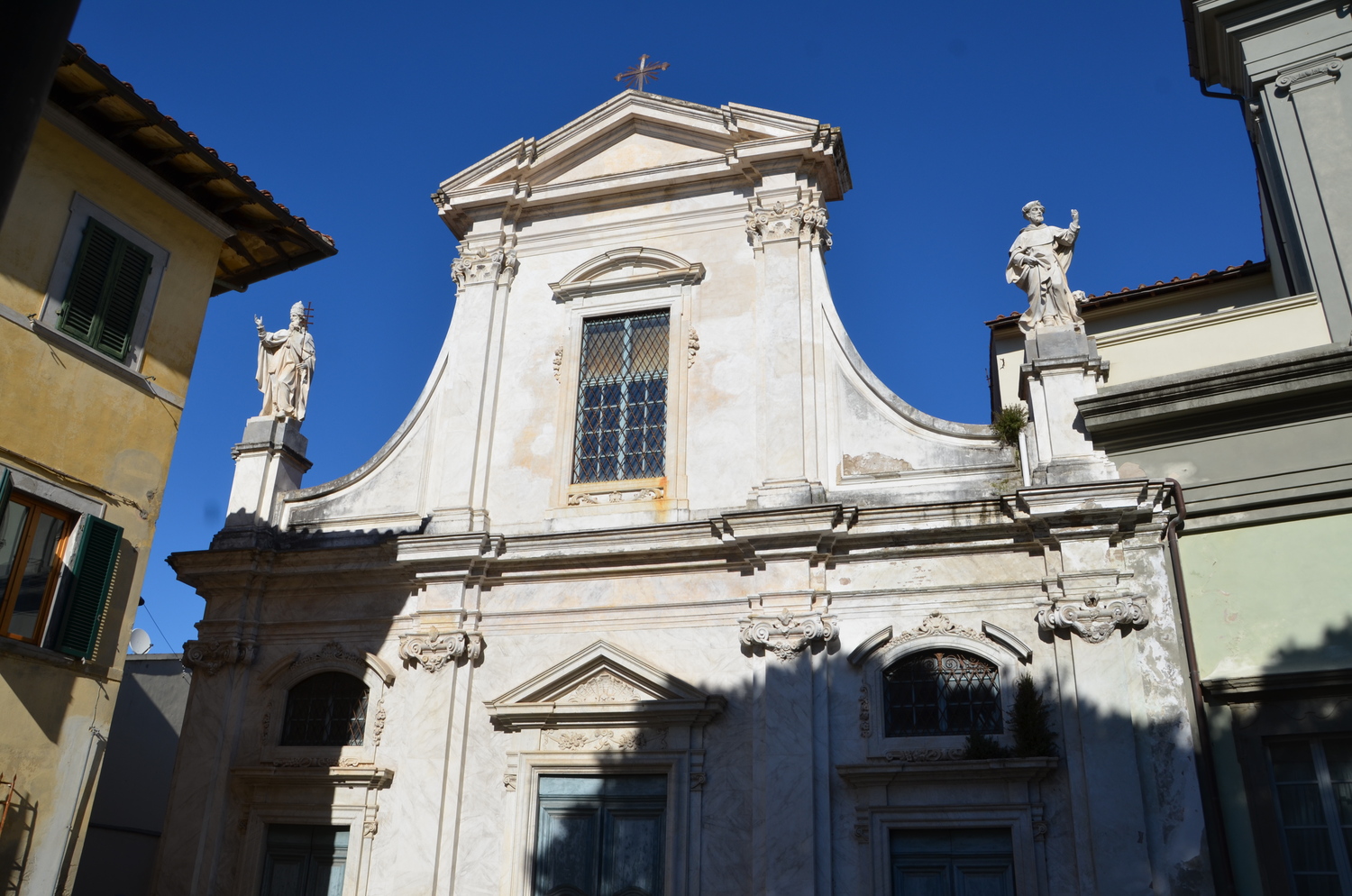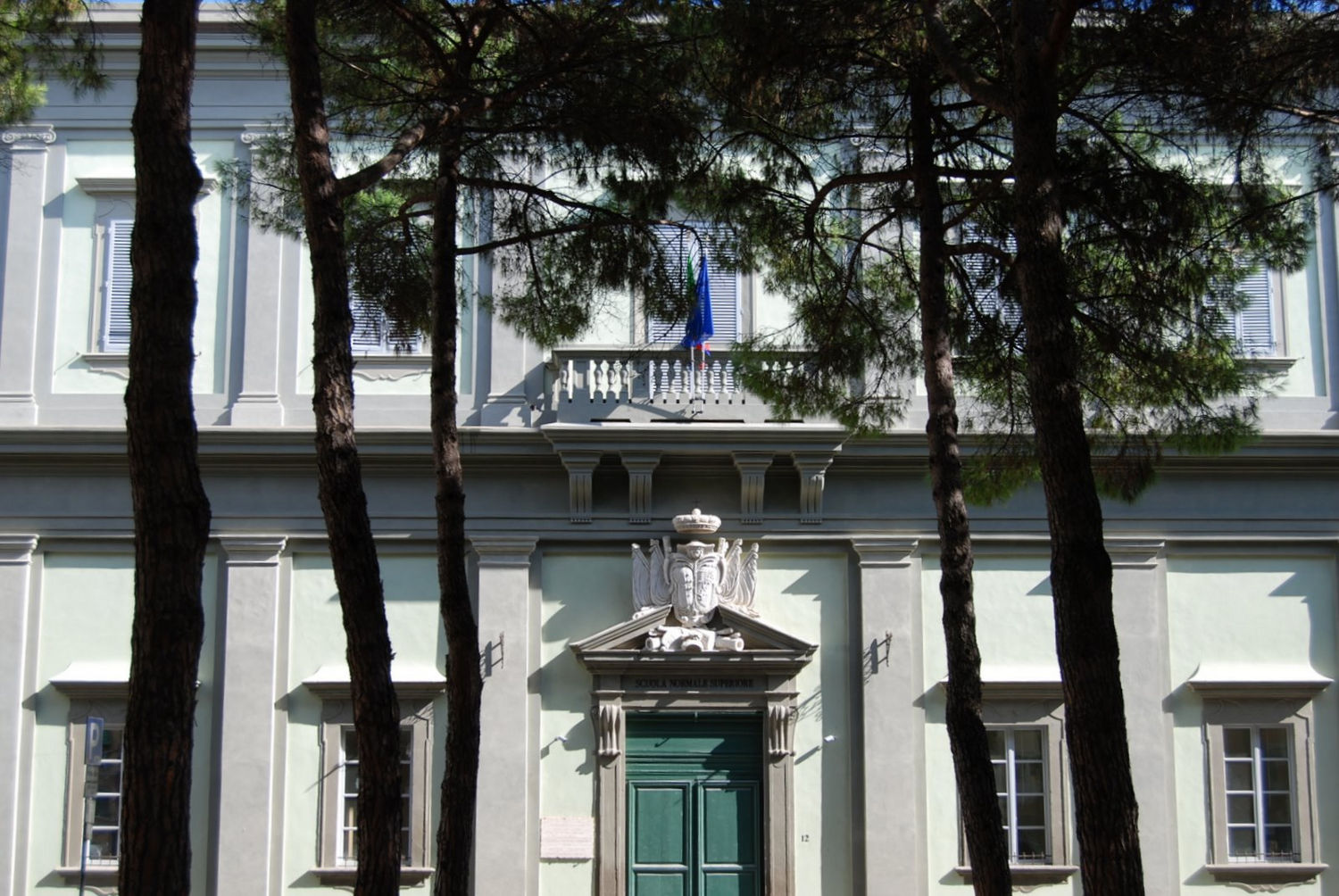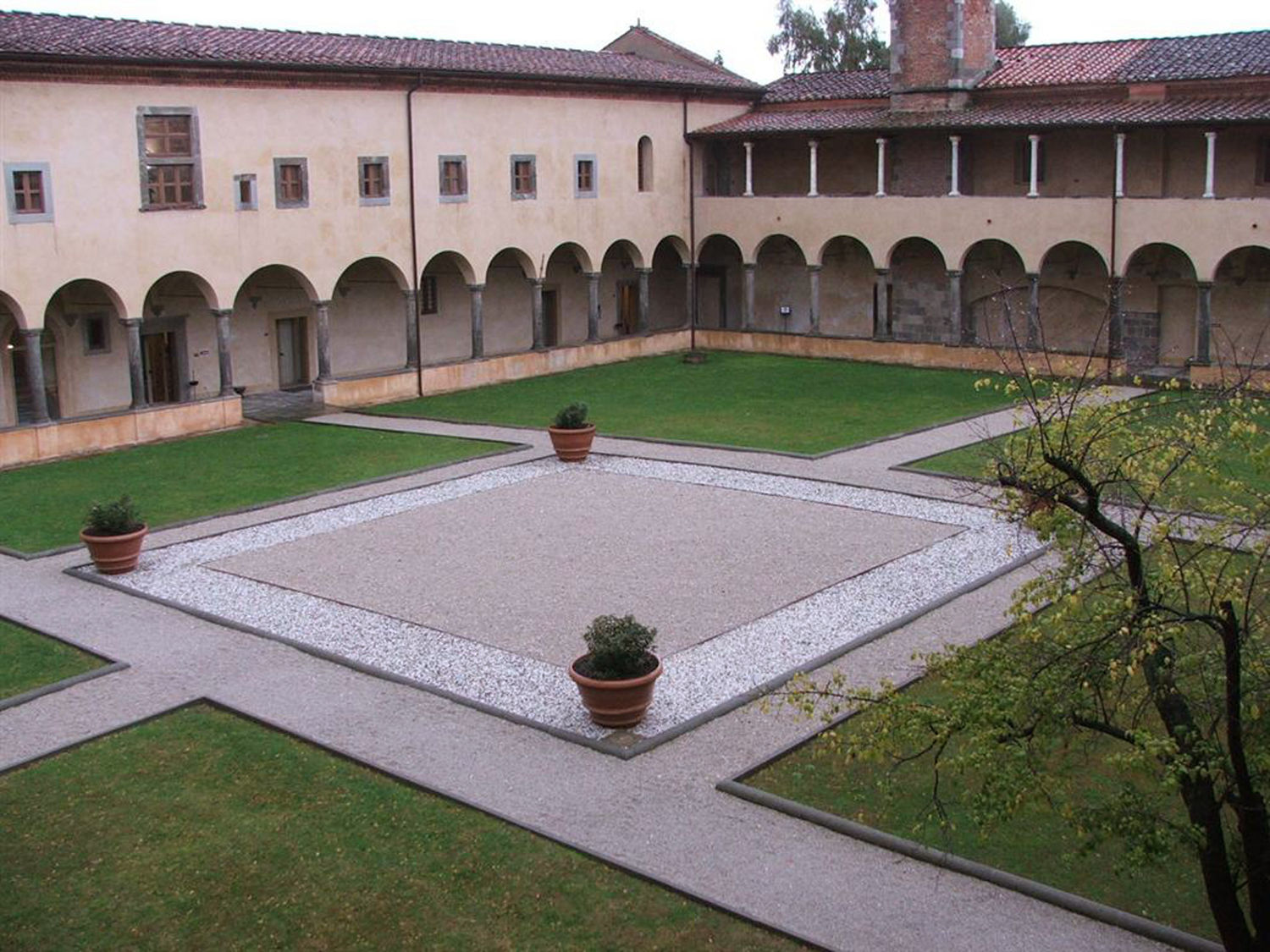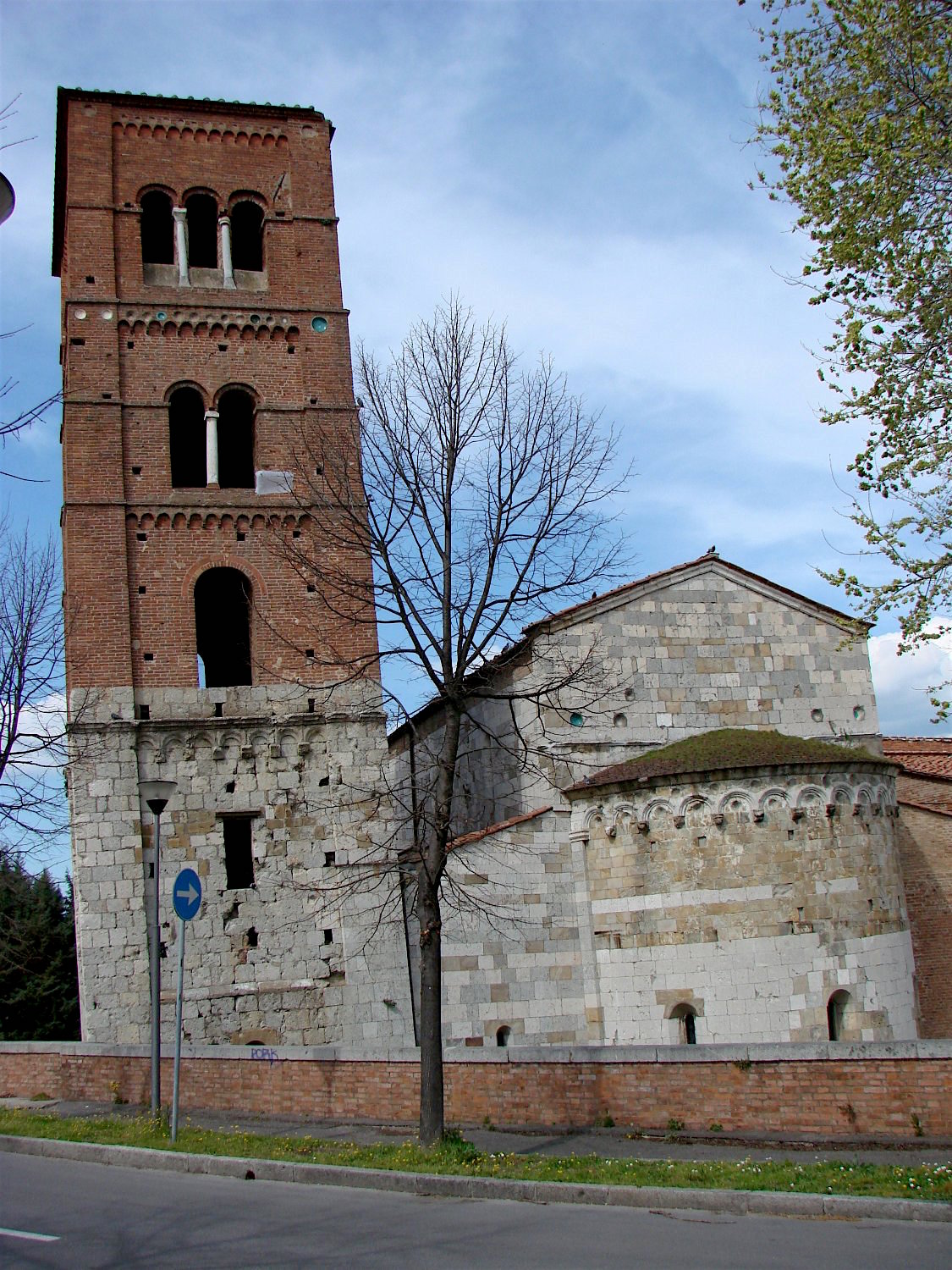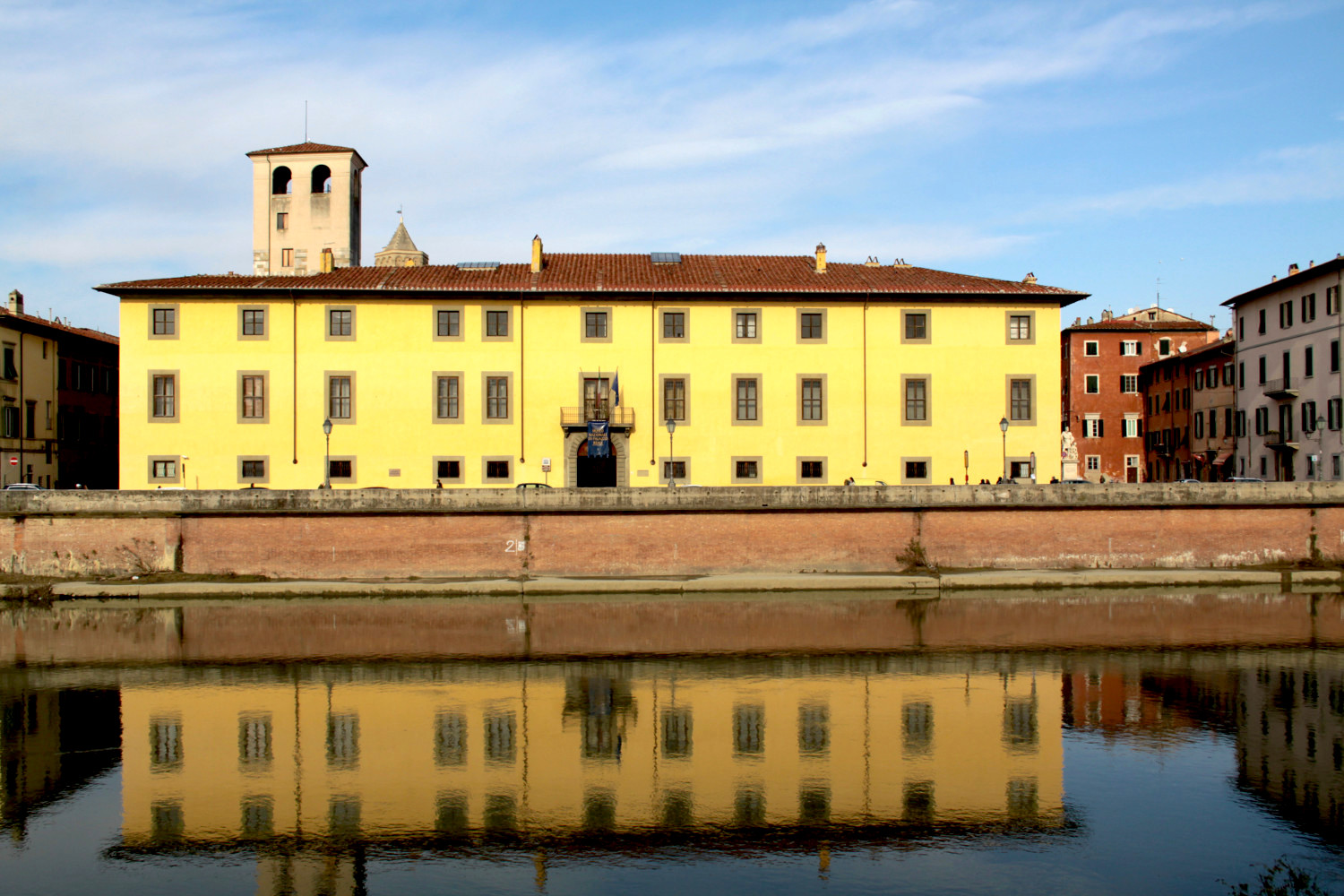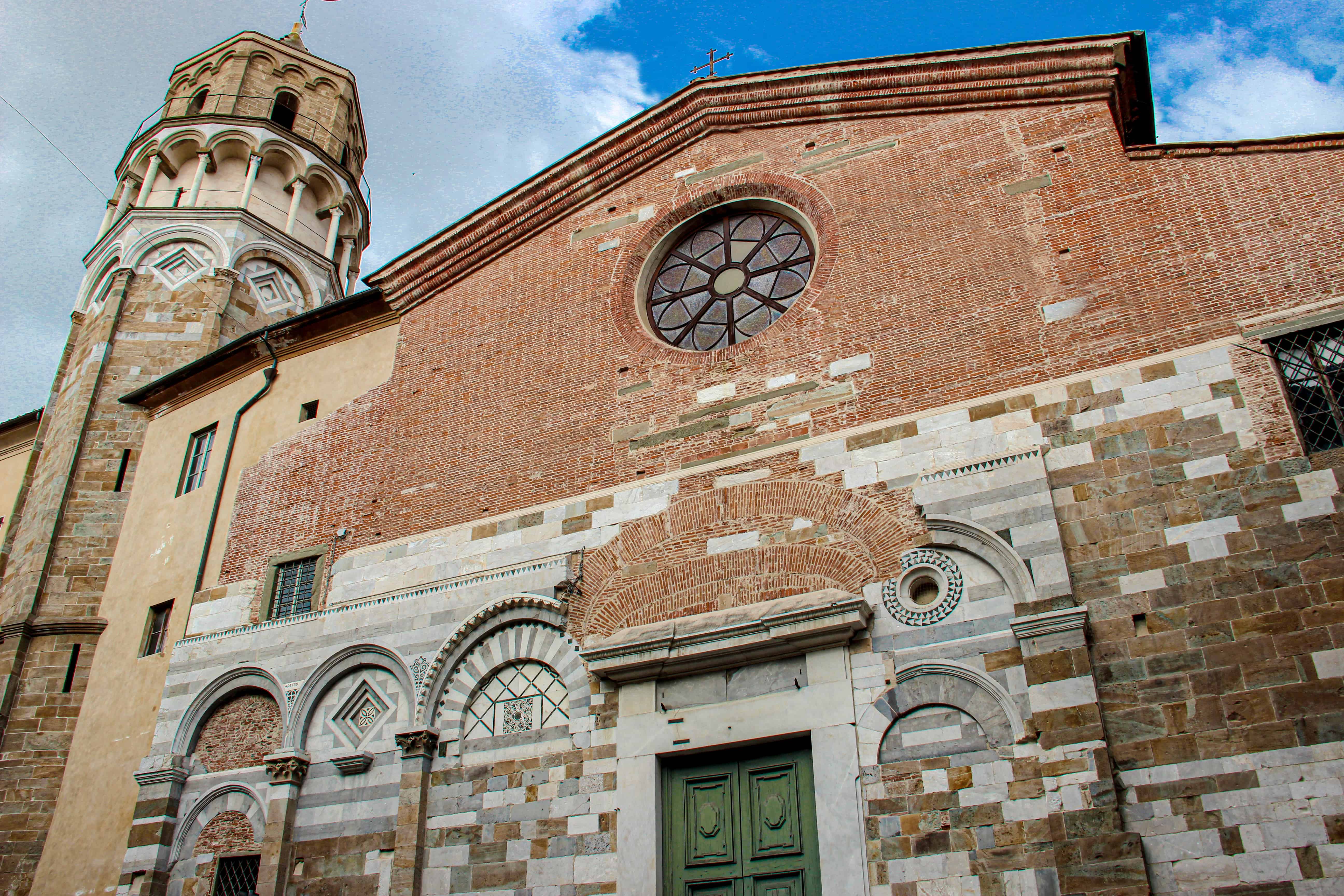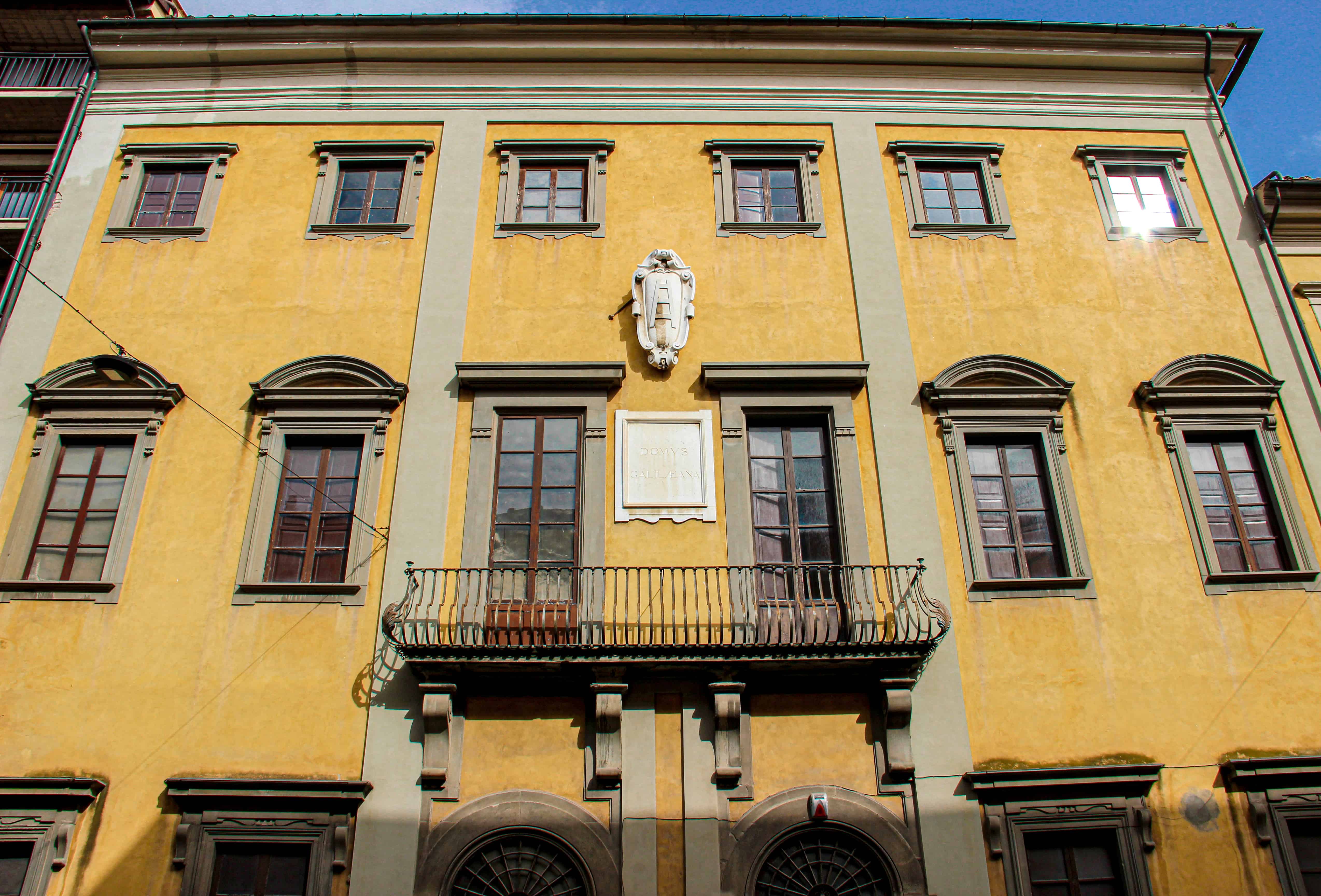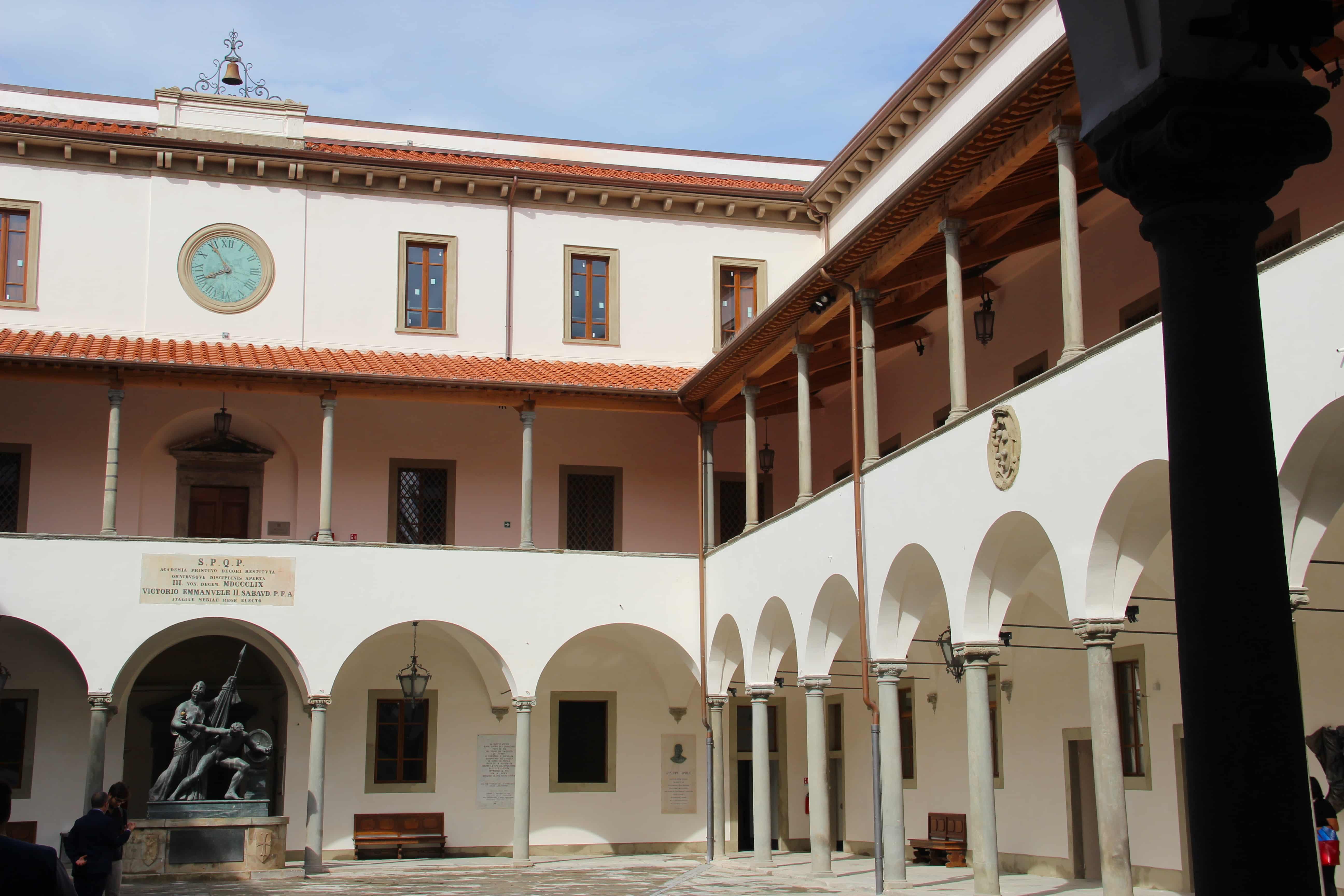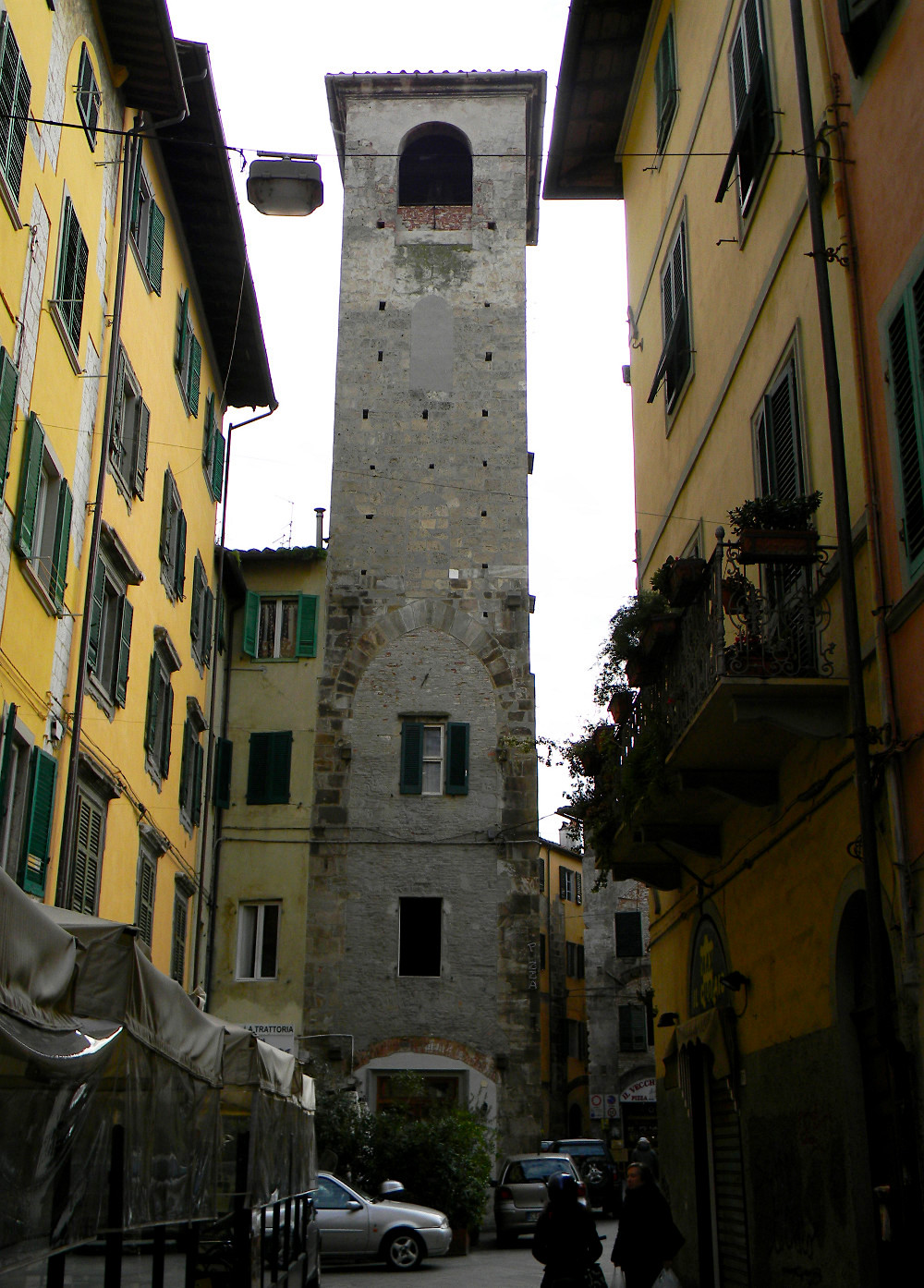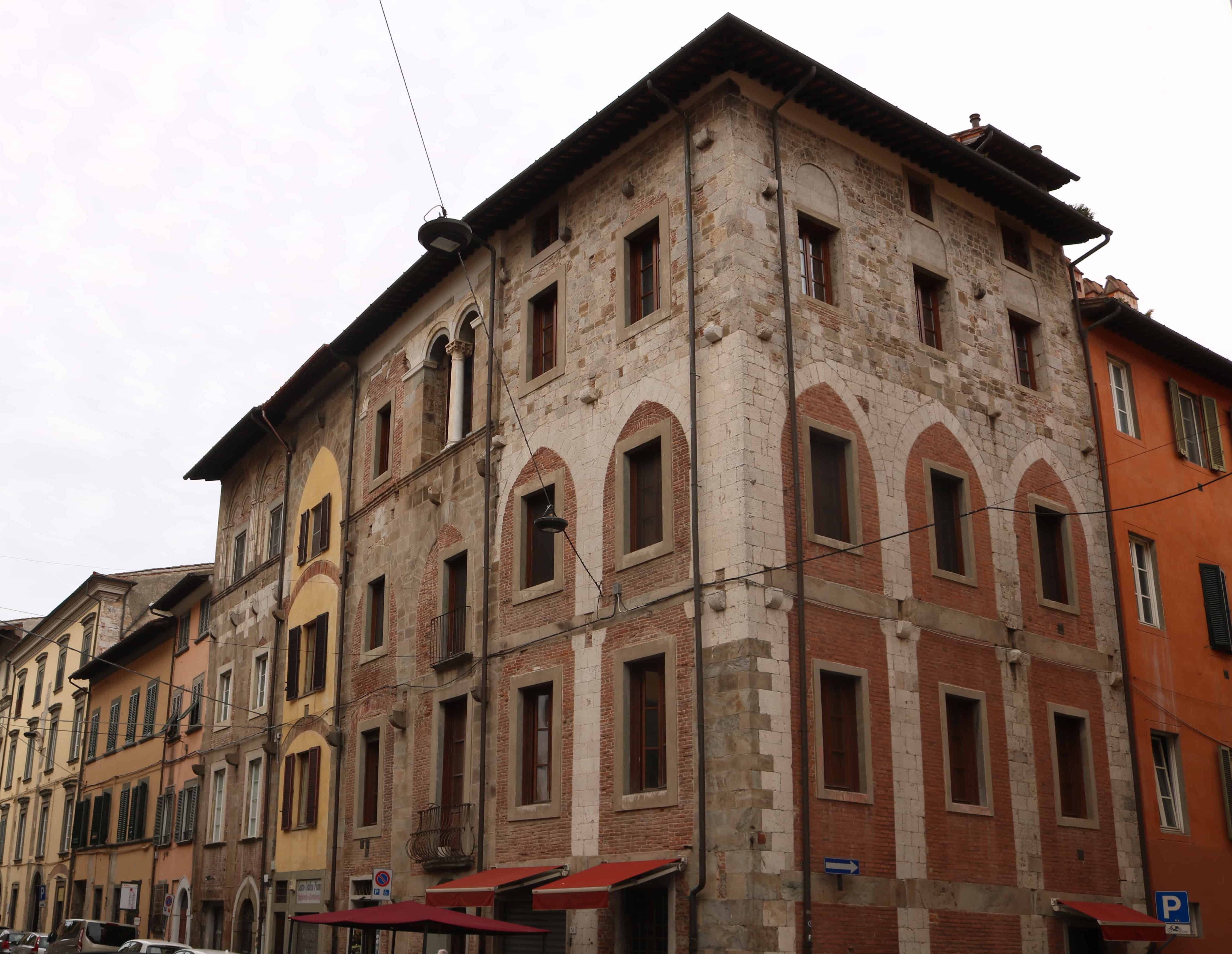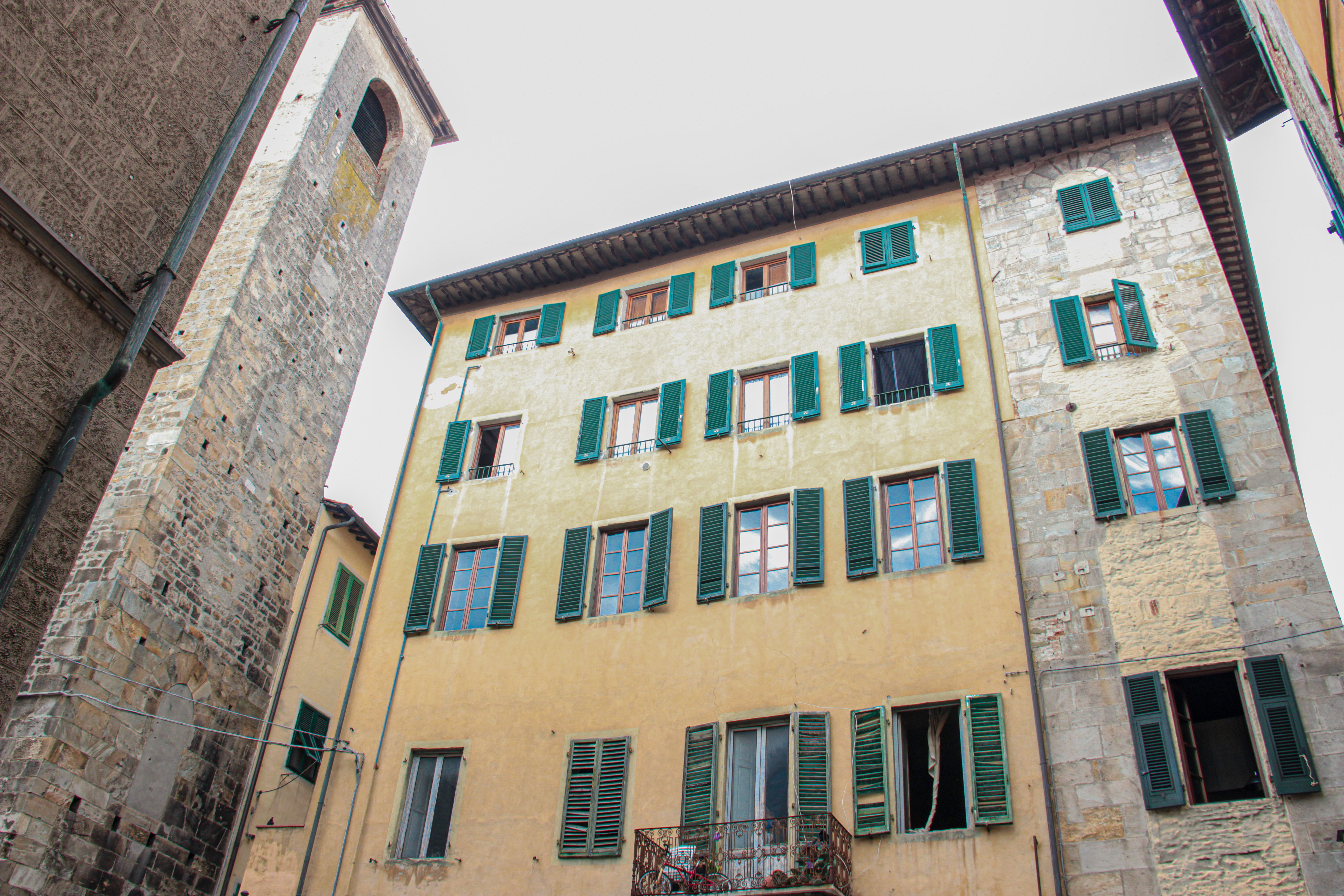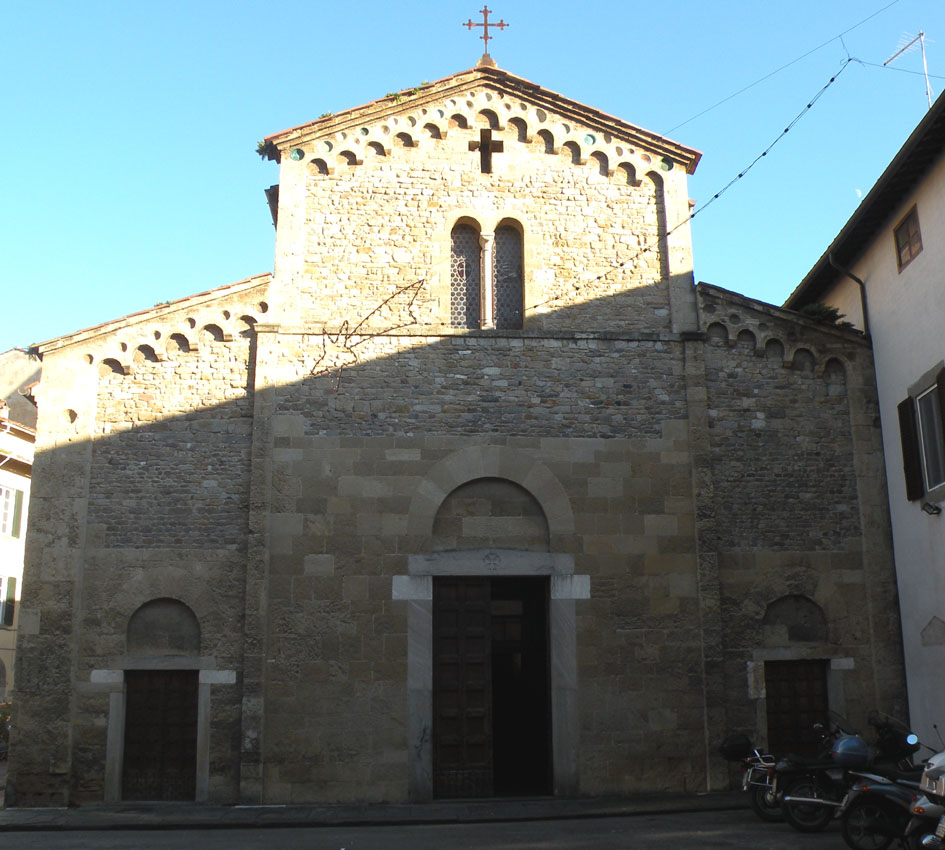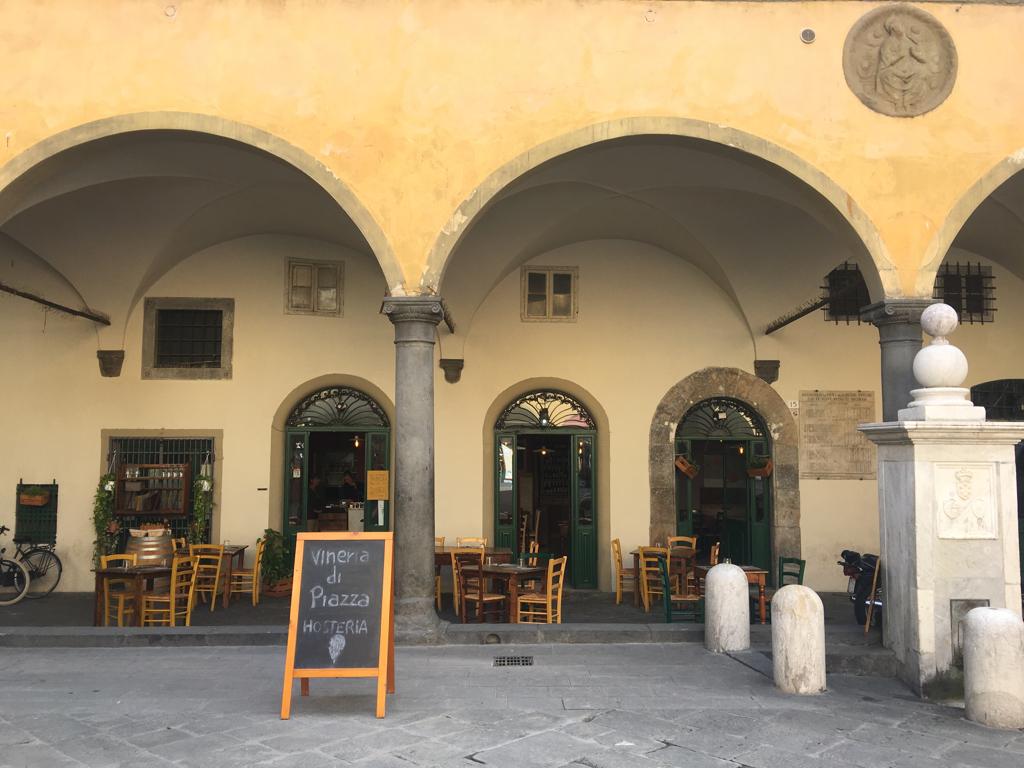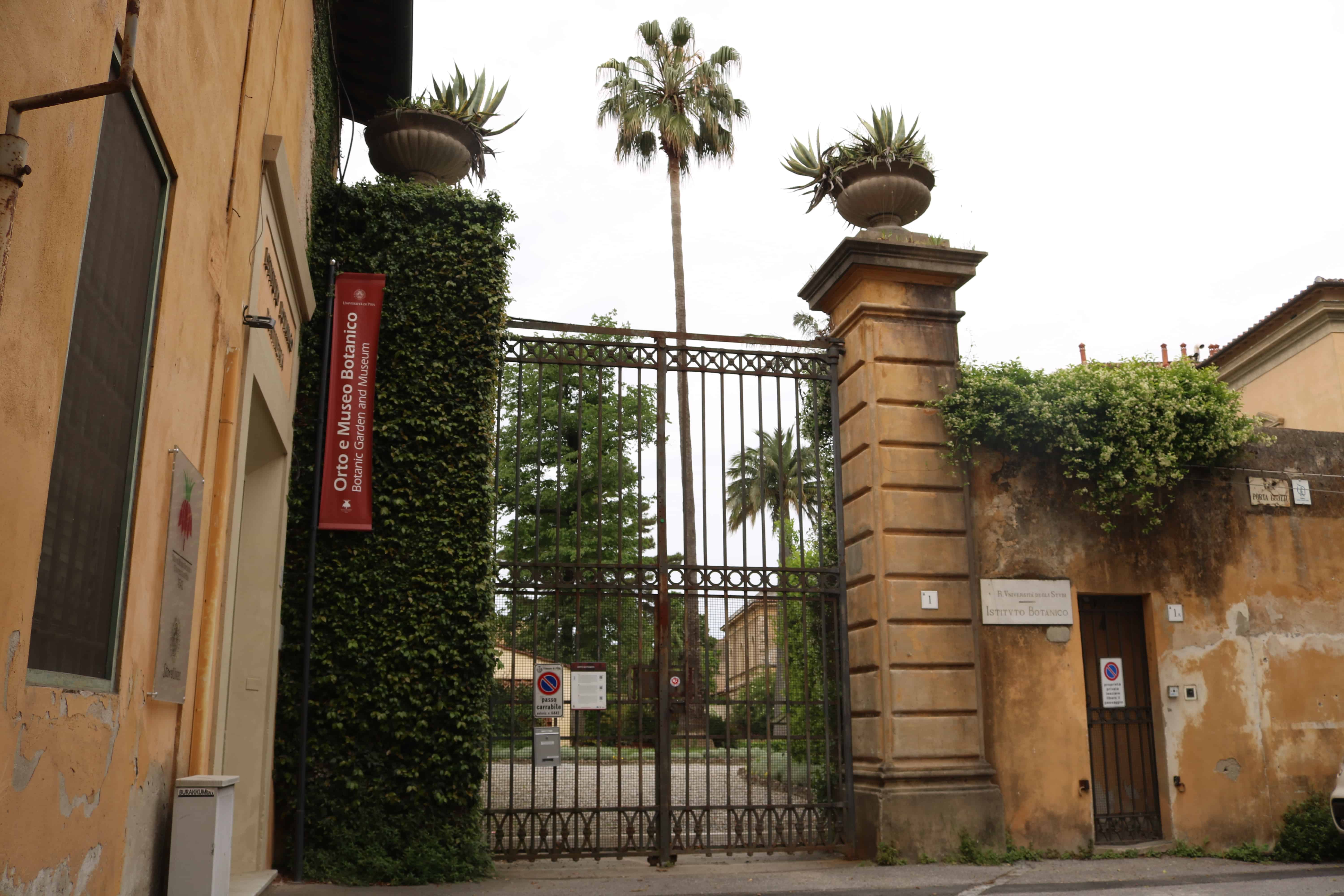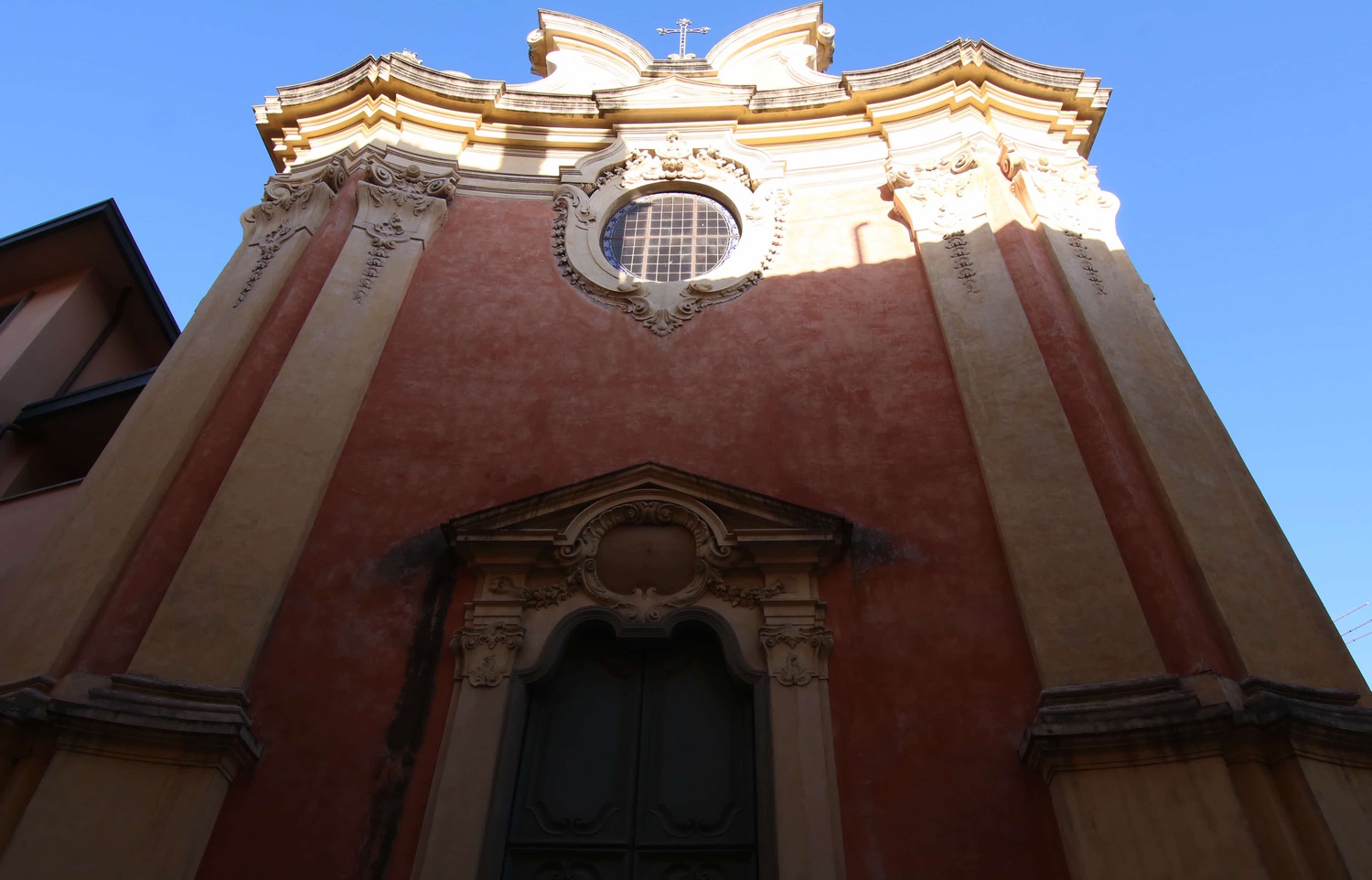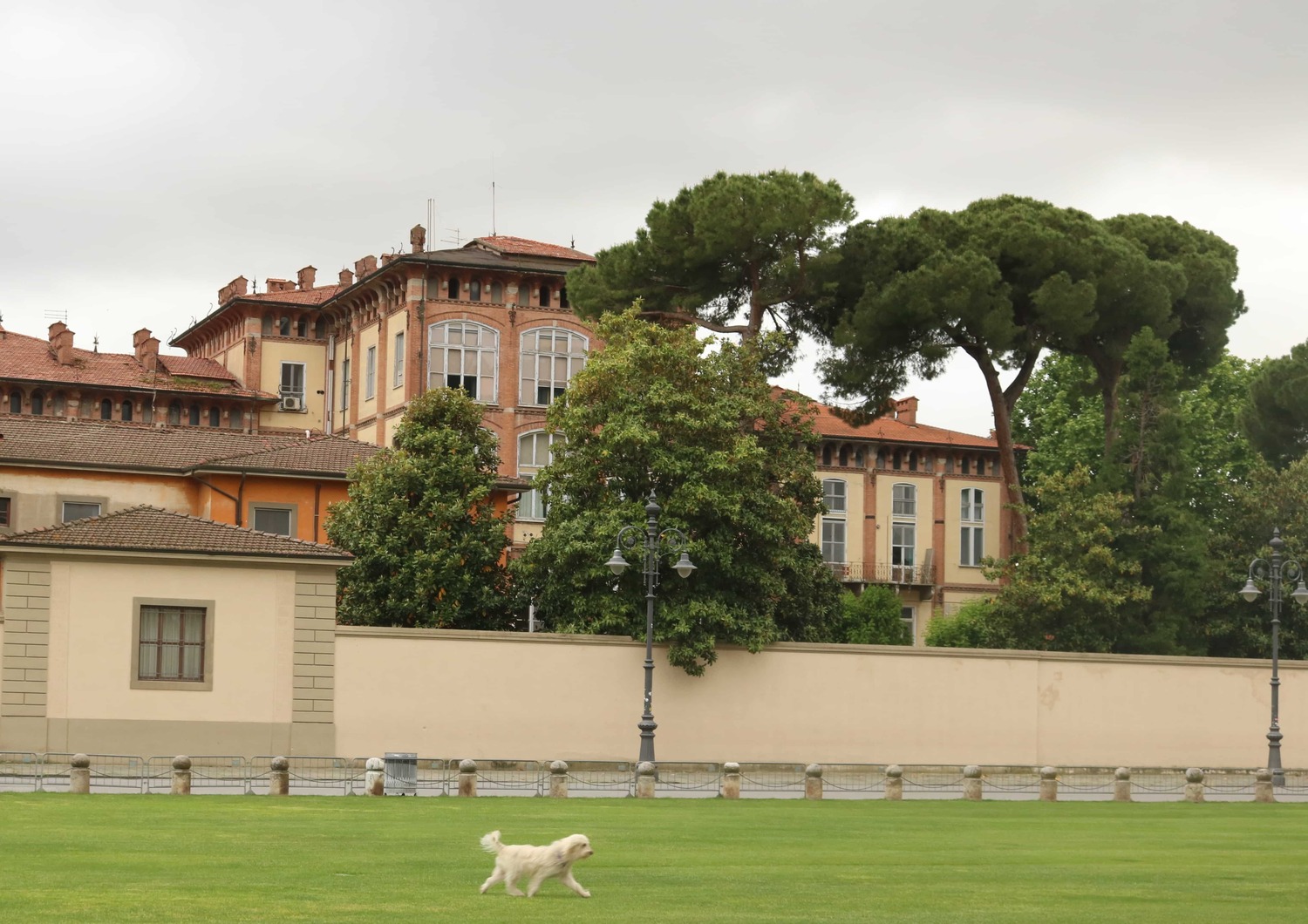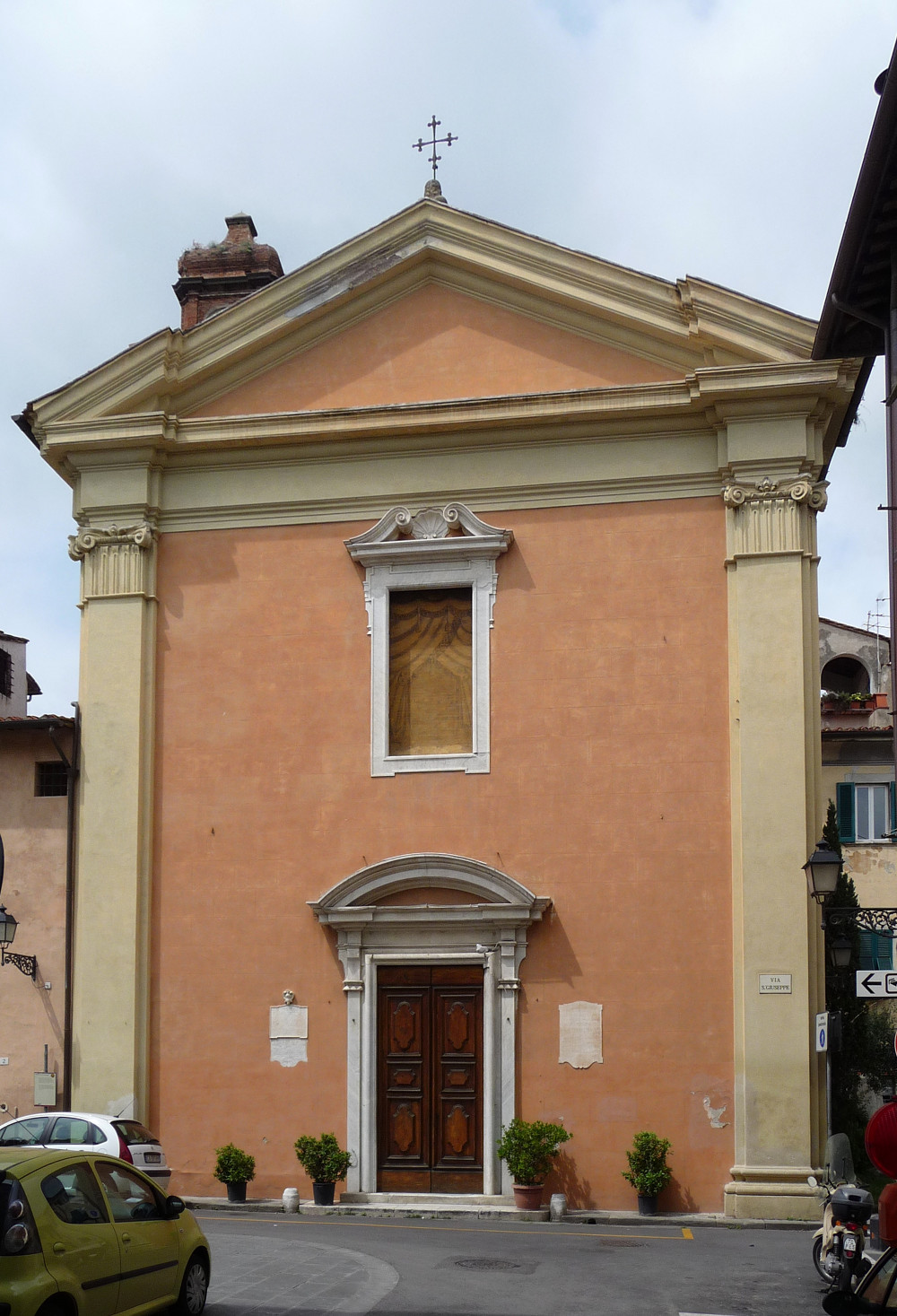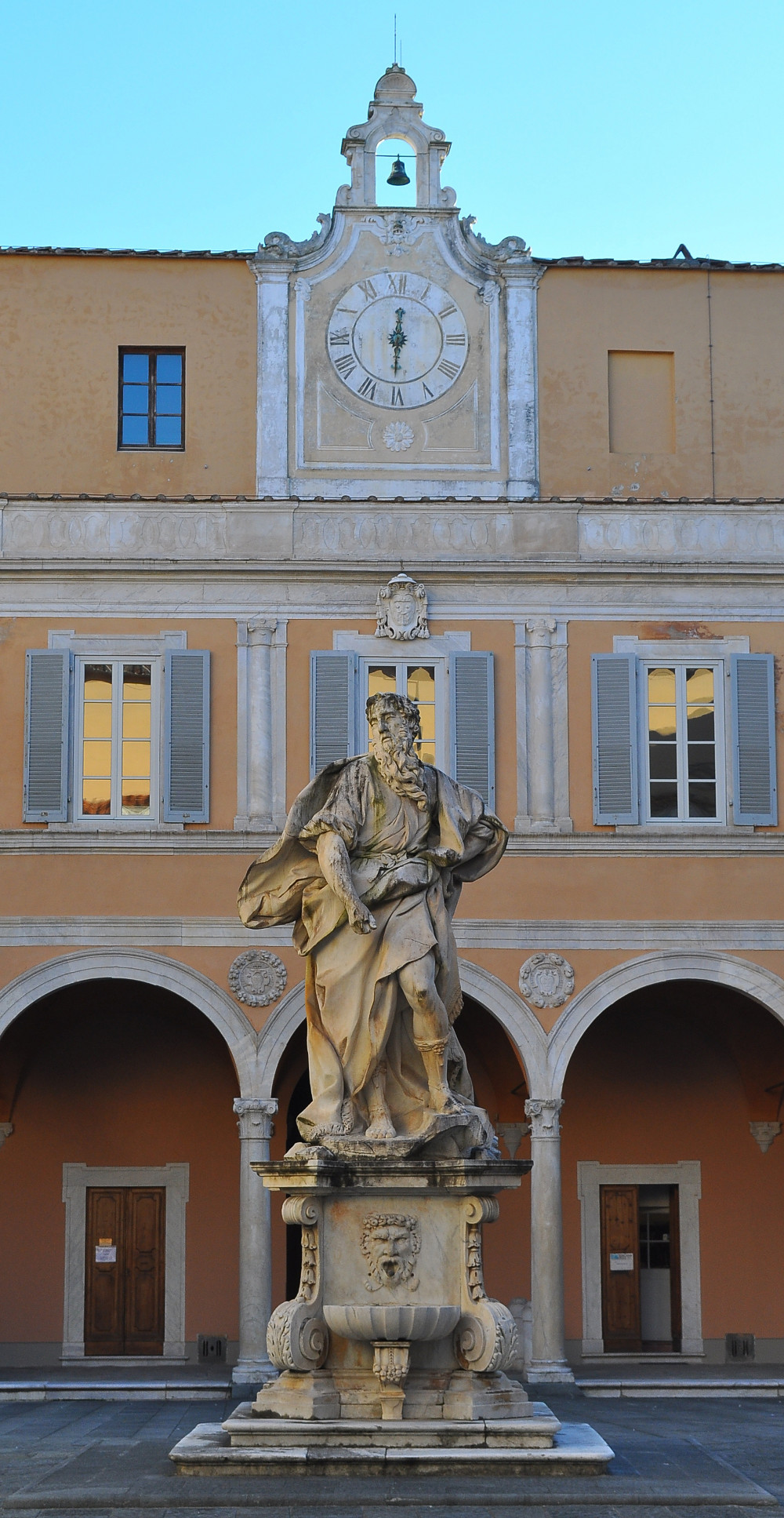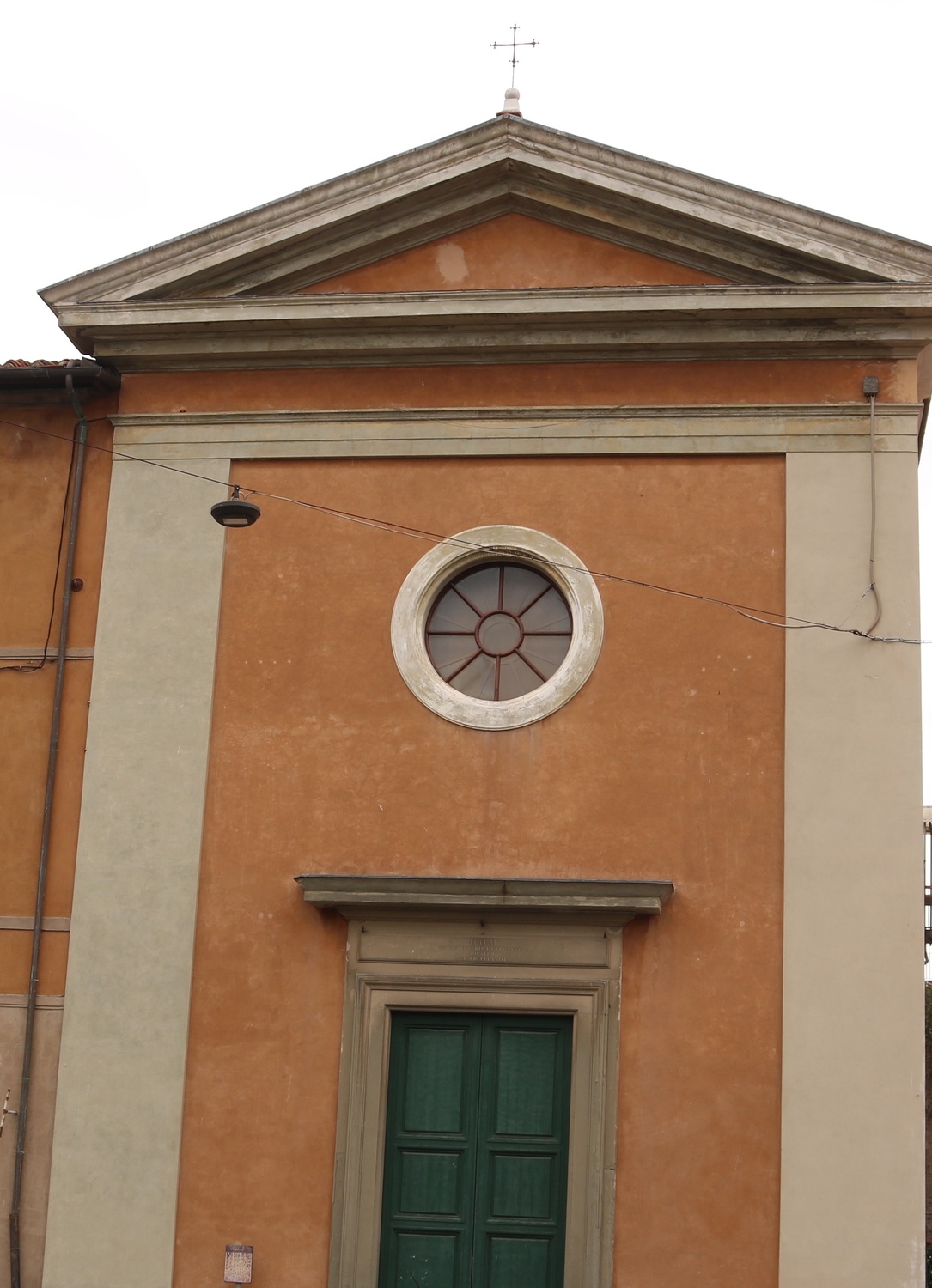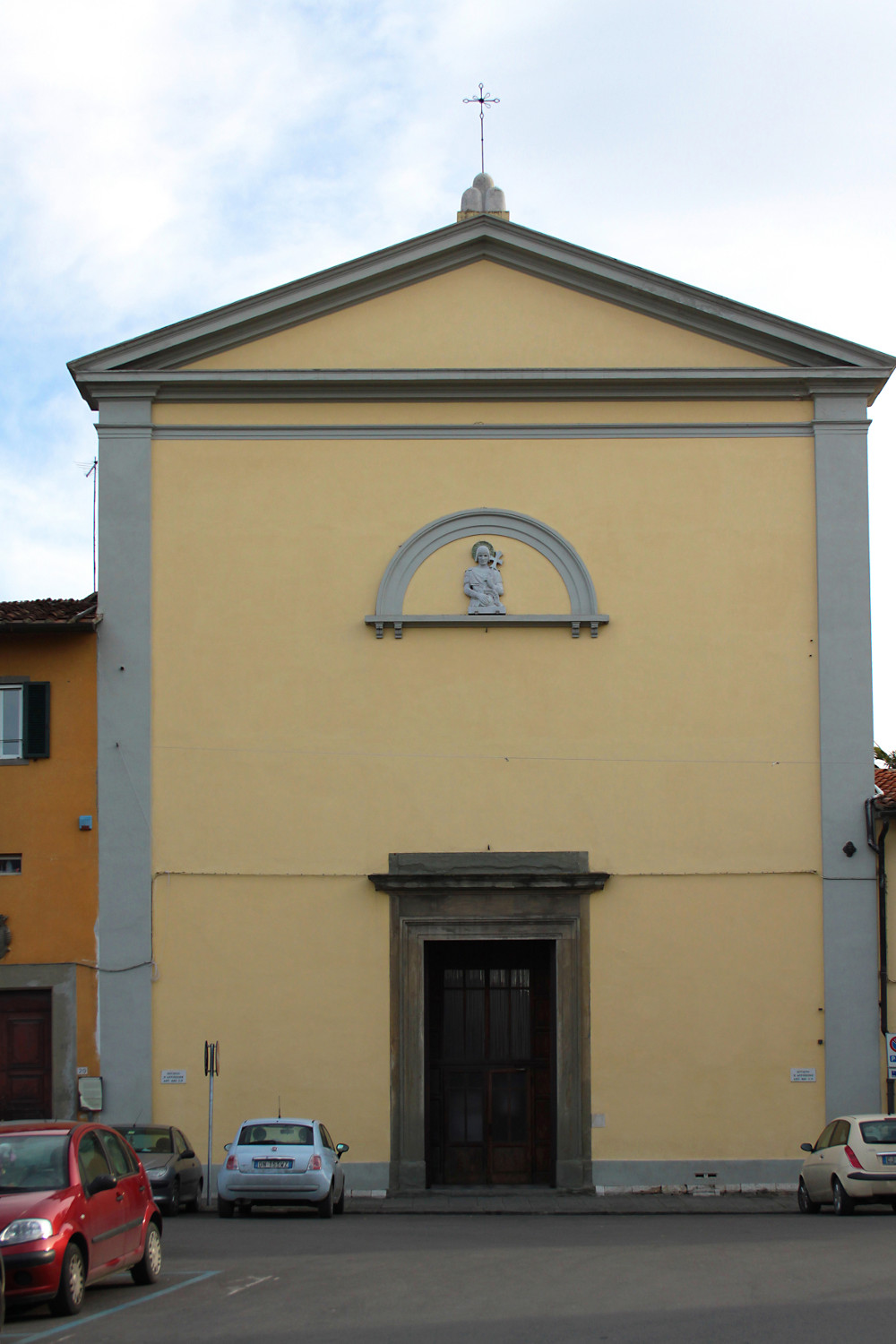Piazza Carrara

Before being redesigned by the Lorena family, this square was named after the church of St. Nicholas. As far back as could be remembered, it had been the place where a particular ball game “palla con il bracciolo” was played, enthusiastically followed by the public, who crowded onto wooden grandstands. Nonetheless, because this open space was right beside the Royal Palace, it was also the Court square. The Grand Dukes’ residence still overlooks it, with the Church of S. Nicola, (Rossi theatre) and 16th century palazzi (collegio Ricci, palazzo Mazzarosa and palazzo del Pellegrino) now occupied by public bodies.
Towards the end of the 1700s, Grand Duke Peter Leopold of Lorraine proclaimed Pisa as the second most important city in Tuscany, honouring it with long visits of his court. The function of this square as part of the court was enhanced by the renovation of houses and buildings; a large theatre for the town and the court - Teatro Rossi - was built at the northern end. The Augustinian friars commissionedthe architect Ignazio Pellegrini to renovate the west front of the S. Nicola monastery, with an entry from the square; By will of the Lorrraines, an untidy inelegant part of town was made into an attractive place, with a doubly eye-catching background, the monastery on one side and the theatre on the other.
Seen from Lungarno, the angle of the main building provided a diagonal wing that enhanced the depth of the perspective while from via della Pergola there was a dazzling axial view of the monastery. The statue of Ferdinand I by P. Francavilla, based on a drawing by Giambologna, was later moved from its place on the Lungarno to its present position at the focal point of the square.

